Introduction
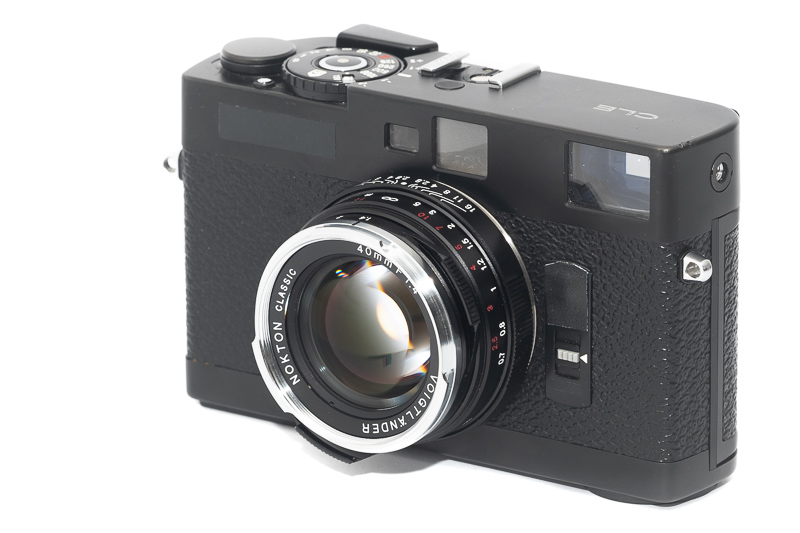
After my experience with the Voigtländer 35mm 1.4 Classic I haven’t exactly been interested in spending any more time with lenses from Cosina’s Classic line (which is not to be mistaken for their Vintage line). That being said the acquisition of a Minolta CLE got me interested in a compact 40mm M-mount lens and this Voigtlander VM 40mm 1.4 Nokton Classic is actually the cheapest option available, so here we are.
This lens will be reviewed on the 42mp Sony A7rII and the 24mp Leica M10 as well as some analogue cameras.
Sample Images
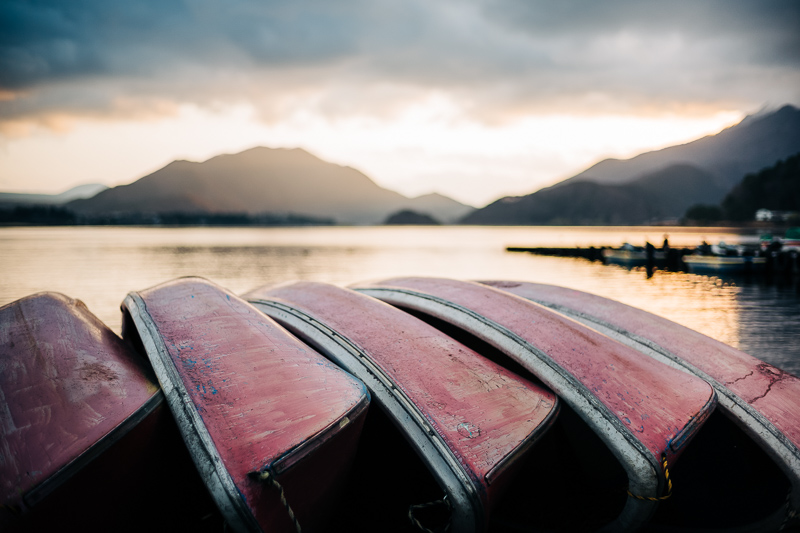
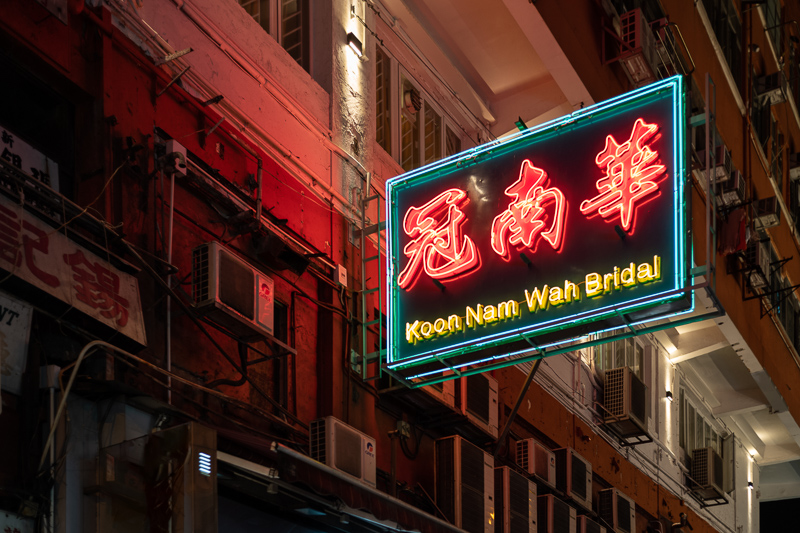


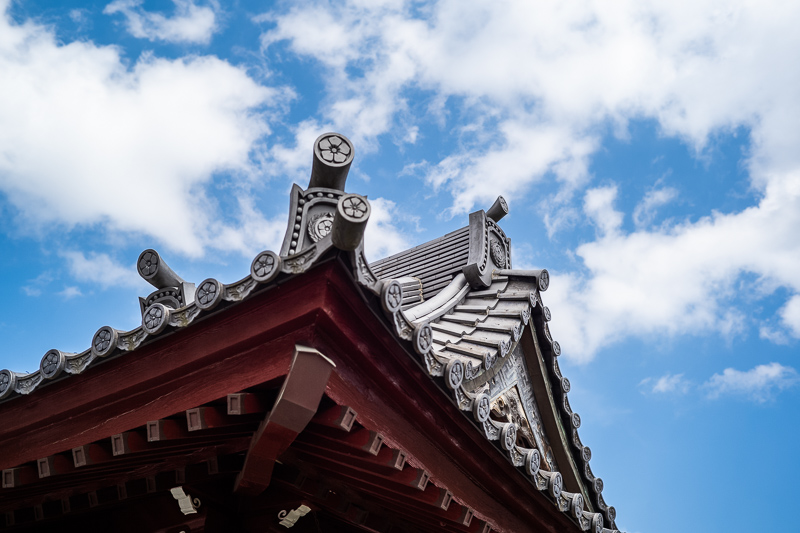

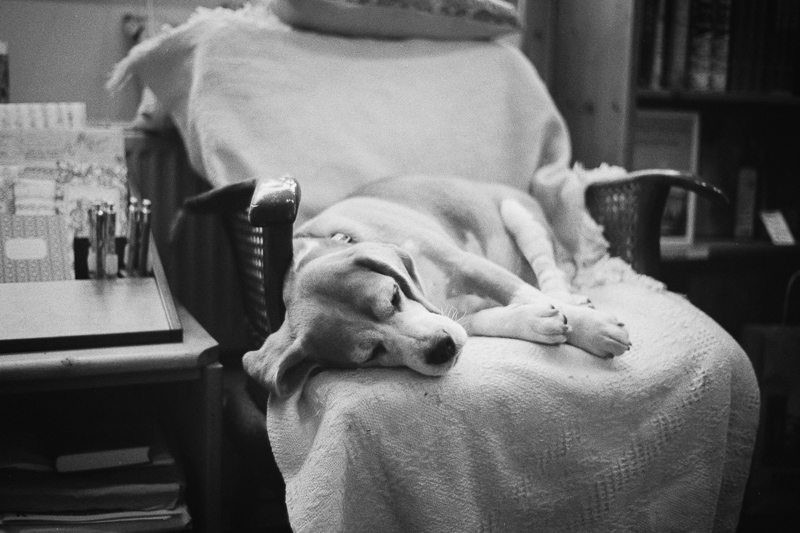
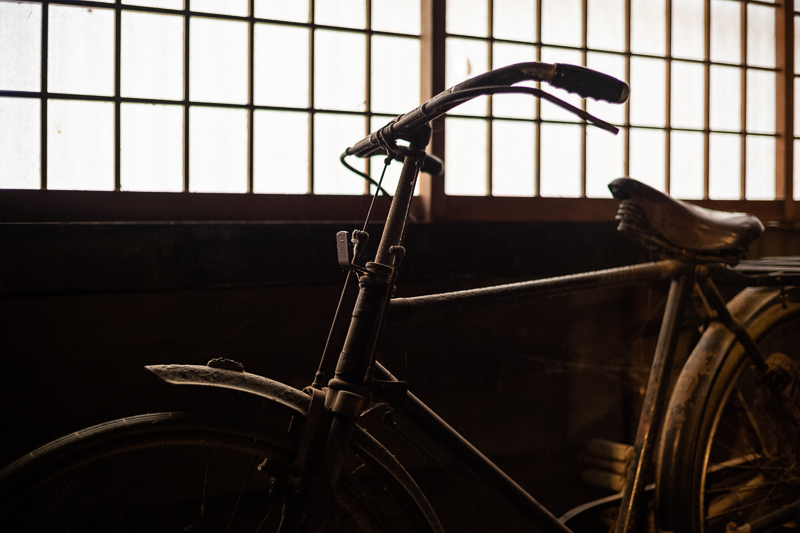
Most of the sample images in this review can be found in full resolution here.
Contents
Specifications / Version History
This Voigtländer VM 40mm 1.4 Nokton actually comes in two versions, multi coated (MC) and single coated (SC). It is also not to be mistaken for the newer, faster and more complex Voigtlander VM 40mm 1.2 Nokton. I bought an MC version and it has the following specifications:
- Diameter: 55mm
- Length: 30mm
- Weight: 194g (measured)
- Field of view: 56° (diagonally)
- Filter Diameter: 43mm
- Number of Aperture Blades: 10 (straight)
- Elements/Groups: 7/6

- Close Focusing Distance: 0.7m
- Maximum Magnification: 1:15.1 (measured)
- Mount: Leica-M
Buy from amazon.com | ebay.com | ebay.de | B&H (affiliate links) starting at $300
Handling / Build Quality
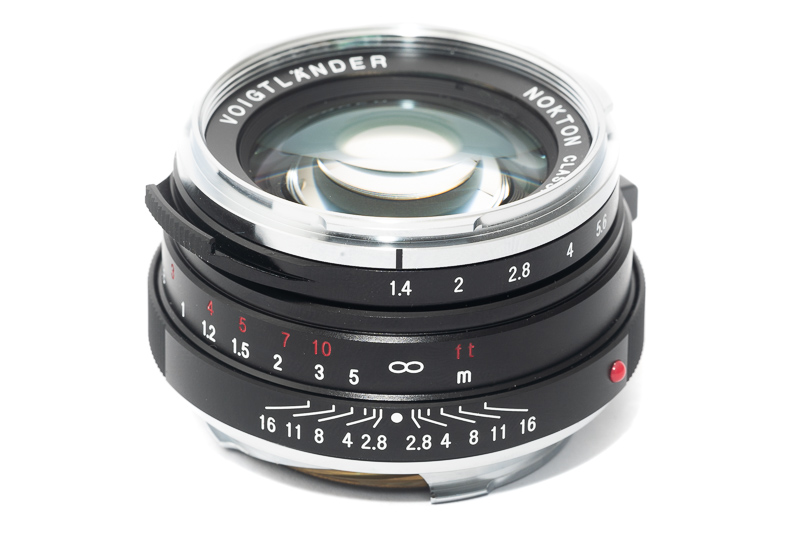
The Voigtländer VM 40mm 1.4 Nokton is a very small lens, especially considering its f/1.4 maximum aperture. Not only the optical structure, but also the outer appearance seems to have been heavily influenced by the Leica 35mm 1.4 Summilux (1960-1995), which is not only similarly sized but also features a similar aperture ring design.
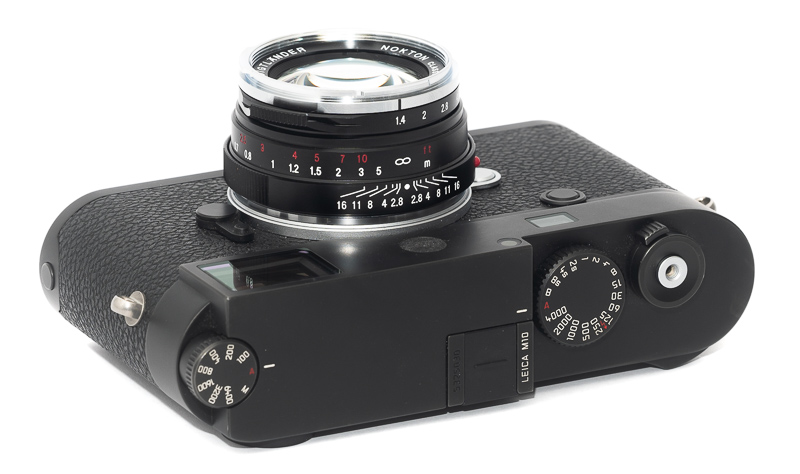
On Leica’s M series cameras the Voigtländer 40mm 1.4 brings up the 50/75mm frameline pair. I wouldn’t consider this a big deal, as you can use the 50mm framelines, when relying on the rangefinder, to make sure everything you want in the frame will be in the frame and simply end up with some additional leeway around this.
On the Leica/Minolta CL as well as the Minolta CLE it brings up their correct 40mm framelines – which is one of the main reasons I was interested in it. There is no viewfinder blockage on the Minolta CLE with the lens set to infinity, but it is slightly visible in the lower right corner of the frame at closer distances – not to a worrying degree though.
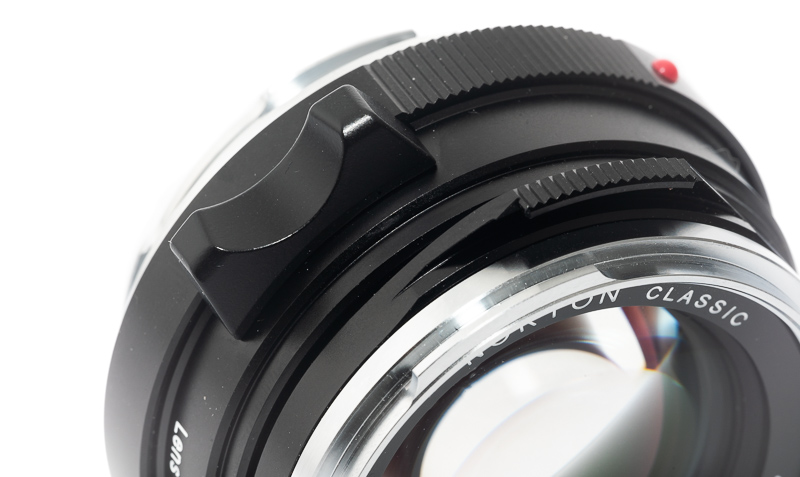
The focus ring travels a little over 90° from infinity to the minimum focus distance of 0.7 m. It is not structured, so you are really supposed to use the small tab at the bottom of the lens to focus.
The aperture ring has very distinct and equidistantly spaced half-stop click-stops. It is very narrow but equipped with two small structured wings, so you can easier get hold of it. It travels ~100° from f/1.4 to f/16.

Compared to some of the recent Voigtländer lenses the build quality feels a little worse. The focus ring doesn’t feel as nice and also the casing looks somewhat cheaper. Minor things, but noticeable if you are used to the latest Voigtlander lenses.
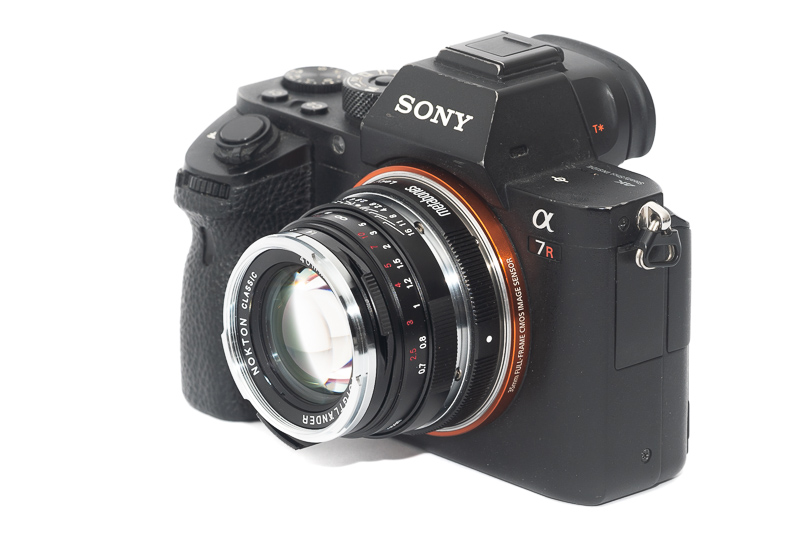
The lens can be mounted to Sony E-mount cameras via Leica-M to Sony-E adapters. You can also equip it with autofocus by using the Techart LM-EA9 AF adapter and – as is the case with most lenses – it will focus properly in the central part of the frame, as described in my review of this adapter.
Vignetting
Light falloff

| f/1.4 | 3.6 EV |
| f/2.0 | 2.6 EV |
| f/2.8 | 1.7 EV |
| f/4.0-f/16 | 1.3 EV |
The Voigtländer VM 40mm 1.4 Nokton is not only a fast but also a very compact lens, so high vignetting figures shouldn’t come as a surprise. Especially the 3.6 EV vignetting at f/1.4 are huge, but luckily things improve fast on stopping down.
Generally the performance here is comparable to other fast and compact lenses. The Voigtländer VM 50mm 1.2 is doing a bit better at its maximum aperture, the Voigtländer VM 35mm 1.2 III performs similar at wider apertures and slightly worse stopped down – same is also true for the Leica 35mm 1.4 FLE.
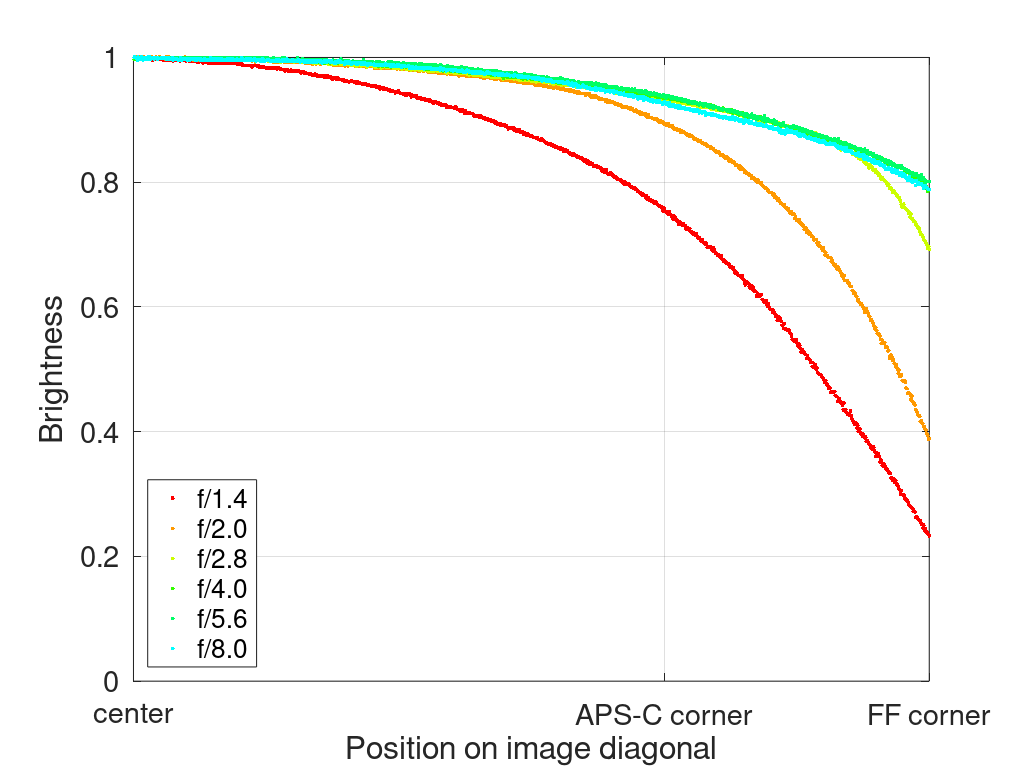
It is recommended to have a look at this article first to get an idea how this brightness graph works.
Optical vignetting
Fast lenses usually show a noticeable amount of optical vignetting, especially so the compact ones. Without going too much into technical details optical vignetting leads to the truncation of light circles towards the borders of the frame.
In the center of the frame almost every lens will render a perfect circle, but only lenses with very low optical vignetting will keep this shape in the corners.
So in the following comparison we move from the center (left) to the extreme corner (right) and see how the shape of the light circle changes.
When it comes to optical vignetting the performance is similar to other compact lenses. A little benefit is that the circles in the corners are simply smaller and don’t take on a more distracting slim cat’s eyes shape (see the Voigtlander VM 35mm 1.2 III for comparison). The optical vignetting is also a little lower than what we see with the even more compact and also wider MS-Optics 35mm 1.4 Apoqualia, that uses a similar optical design.
The Voigtländer VM 40mm 1.4 Nokton is also using an all spherical design, so there are no onion rings to be found here. The 10 straight aperture blades lead to points of light being rendered as decagons already at f/2.0 though.
Sharpness
Focus shift
50% crops, Leica M10
I think it is safe to say that it is common knowledge this lens shows focus shift, so I already expected some issues here.
There is noticeable focus shift when going from f/1.4 or /2.0 to f/2.8 or to f/4.0. The good news here is that there is in fact only very little focus shift on stopping down to f/2.0. This is an aperture setting I use a lot with this lens, as the performance generally shows a lot of improvements over f/1.4.
On cameras with Liveview I recommend to use it when shooting at f/2.8 or f/4.0, on my analogue cameras I mostly avoided these aperture settings though. The alternative is to try memorizing how much closer – relative to what the rangefinder says – you have to focus to account for this shift.
I also found focus shift to be present at every focus distance.
Infinity (42mp Sony A7rII/24mp Leica M10)
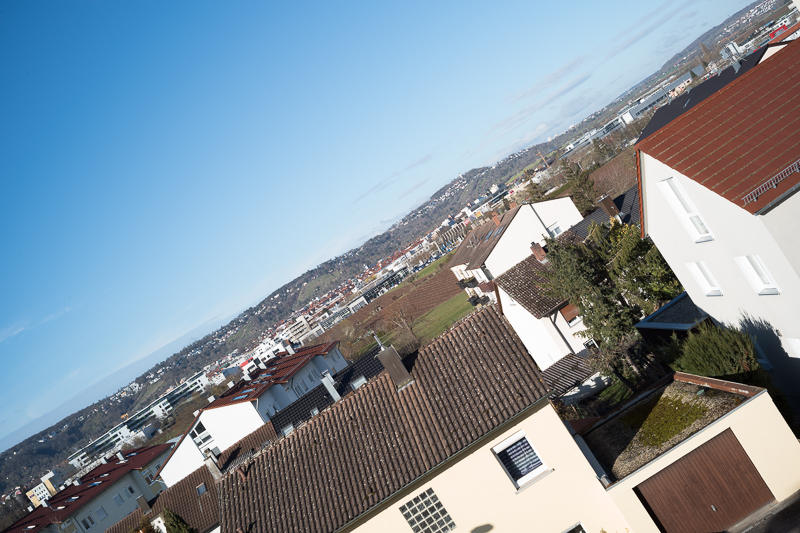
The Voigtländer VM 40mm 1.4 Nokton has an optical structure very similar to the Leica 35mm 1.4 Summilux that has been made from 1960 until 1995 and this should already give an idea what to expect: this will not be a lens with staggering across frame sharpenss at wider apertures. What will be interesting to see is how much and how fast it sharpens up on stopping down, so let’s have a closer look.
Differences when using this lens on the Leica M10 or the Sony A7rII (with its thicker filter stack) are generally small here. On the M10 the lens was set to its infinity hard stop at all apertures. On the Sony A7rII I adjusted the focus at f/2.8 as the center looked quite bad due to focus shift, but this also led to worse midframe performance at f/2.8 compared to f/2.0.
At f/1.4 the whole image is softer thanks to spherical aberration, which also leads to a soft glow around already bright parts of the image.
Neither the midframe nor the corners are anything to write home about at wider apertures. On the Sony A7rII it takes f/8.0 for a good midframe, but the corners still don’t look really great at f/11.
On the M10 the midframe looks pretty decent from f/4.0, but for the extreme corners to also look decent I would again use f/11 whenever possible.
So long story short: sufficient across frame performance for landscape/architecture shooting stopped down to f/11.
Portrait 1.2 m (24mp Sony A7III/Leica M10)
For portraiture it isn’t so important how flat the field is, it is more interesting to see what the sharpness is like when focused at different parts of the frame to take field curvature out of the equation.

We will be looking at 100% crops from the 24mp Sony A7III and the Leica M10. Both cameras do not have an anti aliasing filter in front of the sensor.
Sony A7III <—> Leica M10
The performance here is similar to other compact yet fast lenses: a bit soft at the maximum aperture, noticeably contrastier stopped down by one stop.
Some people will cherish that softer, glowy look for portraits, others may see this more as an f/2.0 lens.
There is again hardly a difference between the performance on the Leica M10 and the Sony A7III visible here.
Close 0.7 m, 1:15.1 (42mp Sony A7rII)
The performance at close distances will also not come as a surprise to regular readers as this is a rather simple optical design without floating elements. So if you want really contrasty and crisp results at the minimum focus distance I recommend to stop down to f/4.0.
Flare resistance
Most of the Voigtländer lenses fare very well in this category and this 40mm 1.4 is no exception. I took hundreds of pictures with this lens in all kinds of lighting scenarios and it is extremely difficult to create any unwanted artefacts, this is the case for the multi coated version, I expect the single coated version to perform vastly different.
The only artefacts I managed to create were a small ghost with a strong light source in the corner and a strange reflection with a strong point light source way above the camera.
The latter is a staged scenario and it takes one very specific position relative to the light source. I wouldn’t be surprised if you were using this lens for years without ever encountering this.
Coma
Together with the fast MS-Optics lenses the Voigtlander 35mm 1.4 Classic was one of the worst performers in this category I have seen so far. As that 35mm 1.4 and this 40mm 1.4 share the same design language a similarly bad performance doesn’t come as a surprise.
100% crops from extreme corner, focused on center, M10
Distortion
The distortion pattern of this Voigtländer VM 40mm 1.4 is similar to that of the recently reviewed Canon 50mm 1.2 LTM and to that of the MS-Optics 50mm 1.3 Sonnetar. Over most parts of the frame there is no distortion at all, but towards the corners it becomes noticeable. A lens specific profile is available for Lightroom and CameraRAW, so this is easy to correct in post.
Bokeh
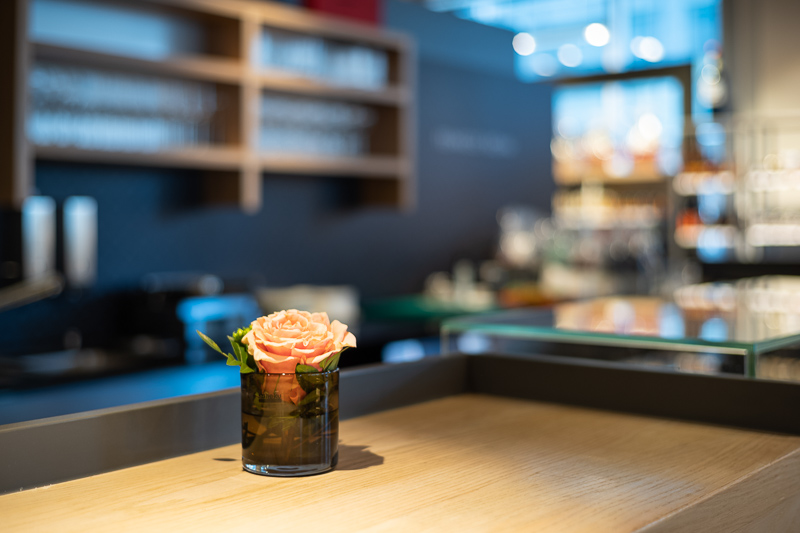
There is a lot to talk about here. But before checking how the lens performs at different distances let’s first have a look at the differences between f/1.4 and further stopped down. Similar to some of the fast MS-Optics lenses – or generally fast lenses with a simpler optical design – it makes a big difference here whether you are using this lens wide open at f/1.4 or at f/2.0. To some this is a feature, to others it is a flaw, so let’s go through it.
Glow / Spherical Aberration
A certain amount of “glow” is often associated with Sonnar designs but there are plenty of other lenses that also show this, e.g. some (mostly earlier) Leica lenses. If we were looking for a more technical term it would be undercorrected spherical aberration.
Spherical aberration is the only classic lens aberration that has an effect on the center of the image. It will make your image appear softer and add some additional “glow” to already bright parts of the image.
Generally this is not something many people would want in their architecture or landscape images, yet some people enjoy the softer look for portraits and nature photography.
You can find a few image sets shot at f/1.4 and f/2.0 (where most of the glow/spherical aberration is gone) so you can compare the rendering and decide for yourself if this is something you would enjoy or could make use of.
Close distance
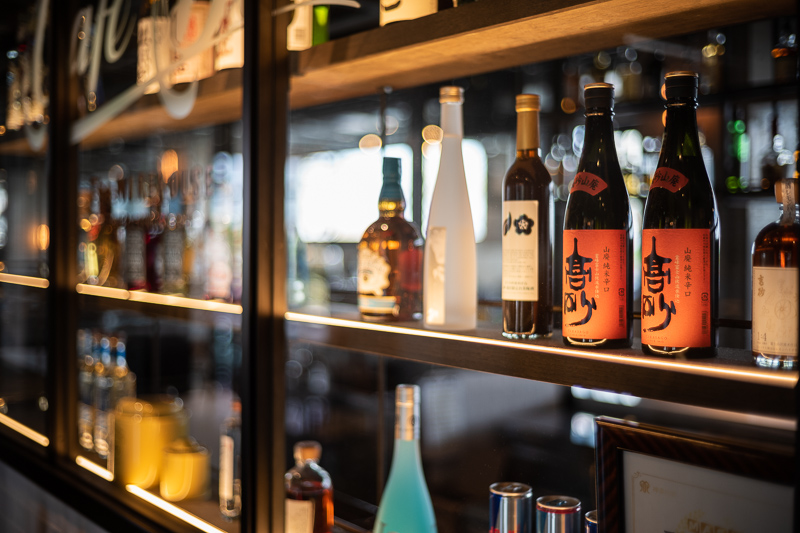

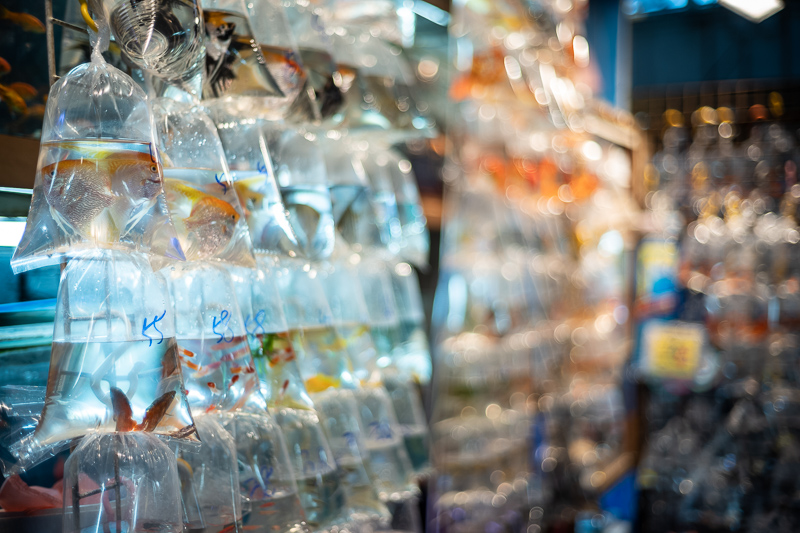
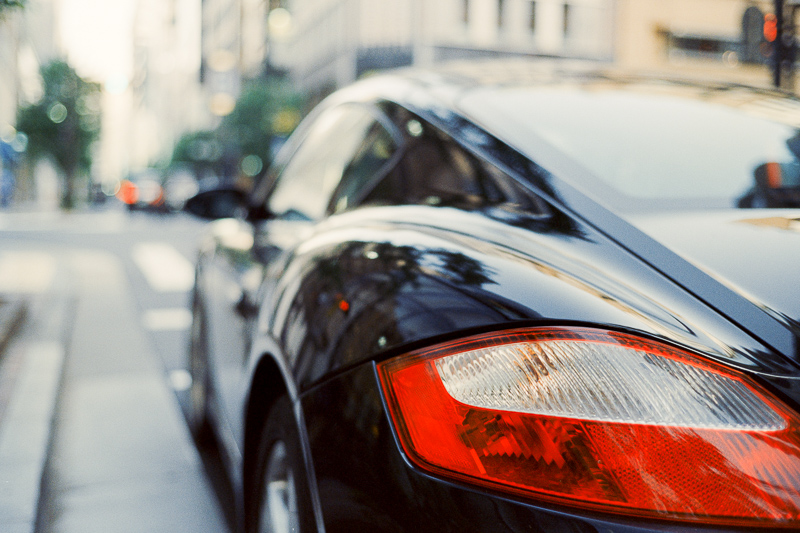
At closer distances even at f/1.4 the background usually looks undistracting. When there are a lot of defocused light points in the background the difference between f/1.4 and f/2.0 is still obvious though:
Mid distance
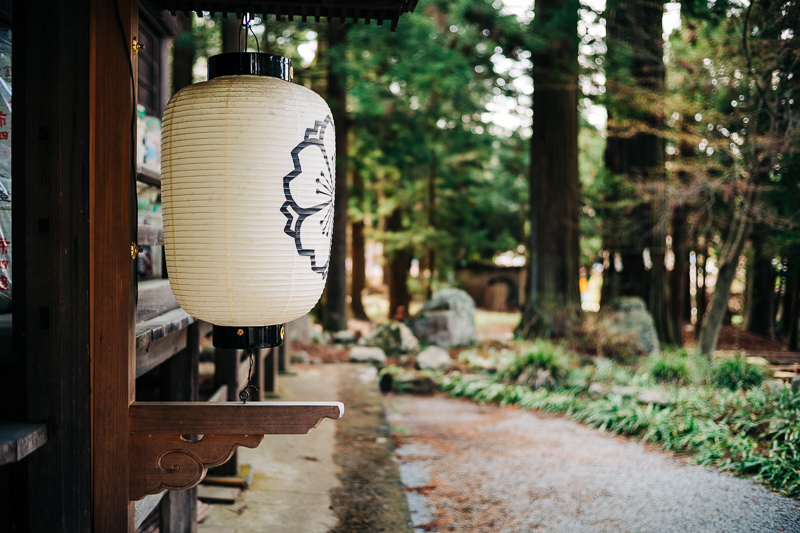
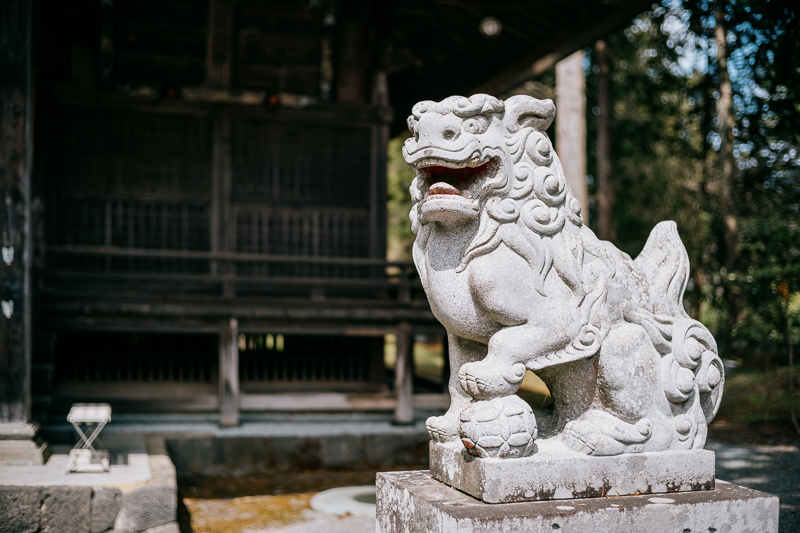
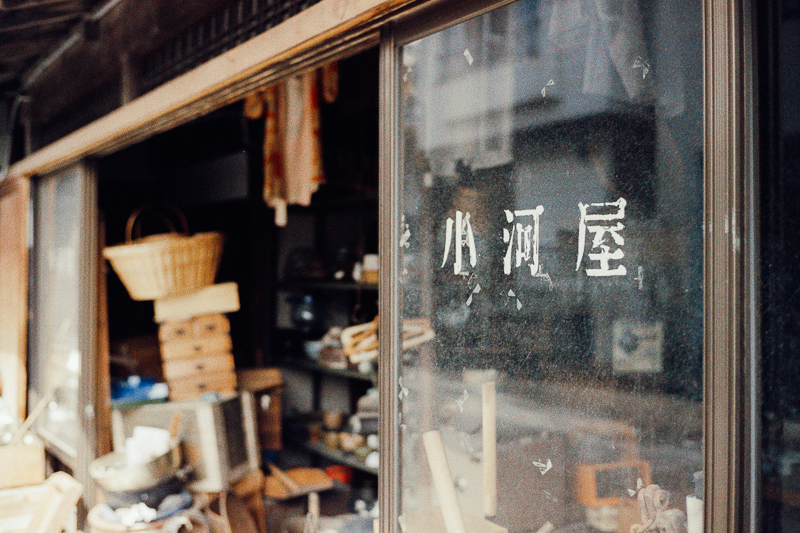

At mid distances I already greatly prefer the out of focus rendering at f/2.0, as at f/1.4 a lot of distracting double edged structures can appear. This is only the case for the edges though, in the center the bokeh looks very appealing to me even with complex backgrounds like the forest behind the lantern.
Long distance
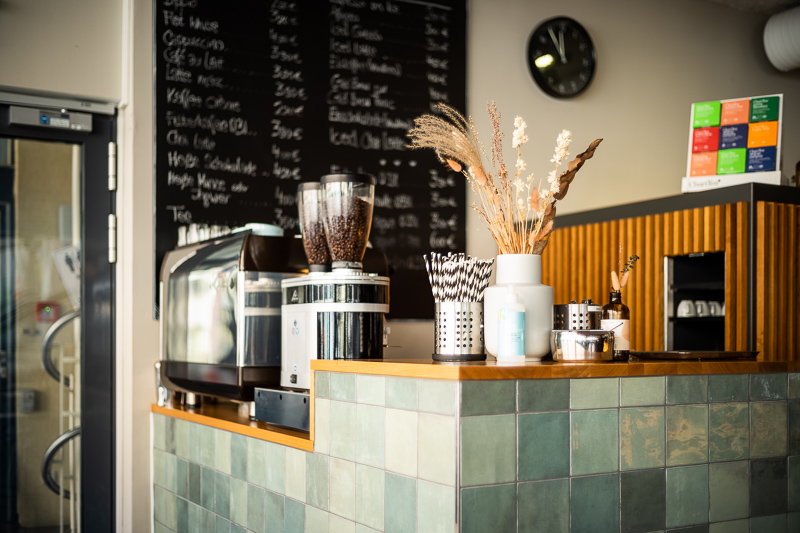

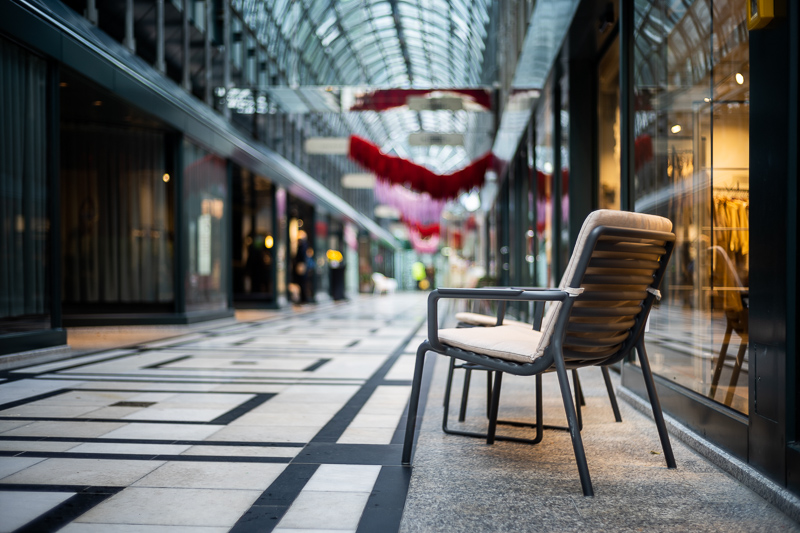
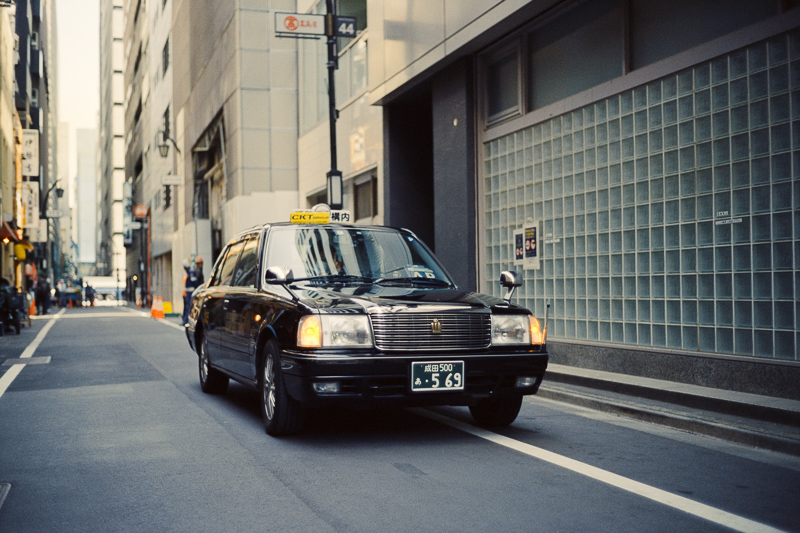

In the last picture the difference between bokeh in the center and on the edges is quite obvious, reason for this is a combination of field curvature and optical vignetting. Stopping down to f/2.0 levels this a bit, which is why in some scenes I found it more appealing.
As can be seen from the following comparison at these distances it also makes a difference whether you are using this lens on a camera with a thin filter stack (e.g. Leica M or Film) or on a camera with a thicker filter stack (e.g. Sony or Nikon Z). On the Leica M10 the corner I am showing you is still out of focus and you can hardly read anything, whereas the situation is very different on the Sony A7III.
With complex backgrounds I often preferred the rendering at f/2.0, but here the straight aperture blades are a disadvantage – at least from my point of view – as I am not a huge fan of those edgy decagons and would greatly prefer still round highlights at f/2.0. But then those straight blades also lead to very nice sunstars, which brings me to the next section.
Sunstars
This 40mm 1.4 features the “classic Cosina” straight 10 blade diaphragm which yields very distinct suntars from f/2.0.
At f/1.4 we see purple blooming around point light sources, a clear indicator of spherical aberration and at f/16 the opening is almost perfectly round, so no sunstars at that setting.
If you want to know more about sunstar rendering of different lenses have a look at this article.
Chromatic aberration
Lateral
100% crops from border, Leica M10
Lateral CA are on a low to medium level and easy to correct in post with just one click, e.g. in Lightroom.
Longitudinal
There is some green outlining in the background and you also see some magenta in front of the focal plane as well as close to the focus point (purple fringing). We have seen worse from way bigger, more complex and more expensive lenses.
Leica M10 | Voigtländer VM 40mm 1.4 Nokton Classic | f/1.4
Conclusion
good
|
average
|
not good
|
Cosina’s pricing strategy, I have some questions about it. Regional differences should not be so big that it is significantly cheaper for me to order the lens from Japan – express shipping included – and paying the huge import duties in Germany, than to buy even a used sample from anywhere in Europe. But this is exactly how the situation presents itself.
Official dealers in Japan sell this lens for 250€/$270, while we in the western world are expected to pay double that. Anyway, my conclusion is based on a lens I paid for in total ~350€, new from dealer.
For that price – also taking into account the nice build quality and especially the small size – this lens is actually a pretty good deal. The price isn’t too far from Chinese M-mount lenses that usually fare way worse in the flare resistance and size/weight department.
Compared to (also Cosina’s) modern compact/fast lenses with aspherical elements the performance is noticeably worse in some areas: this 40mm 1.4 is generally softer at wider apertures, shows way busier bokeh at the maximum aperture and good across frame sharpness demands stopping down a lot. And the focus shift is definitely something to watch out for.
But this Voigtländer VM 40mm 1.4 Nokton Classic does not want to be a modern high performance lens – hence the “Classic” in its name. It wants to give people today the opportunity to experience that more “classic” undercorrected rendering – similar to the Zeiss ZM 50mm 1.5 C-Sonnar or 35mm 2.8 C-Biogon. But unlike those Zeiss lenses or the fast MS-Optics lenses or the ridiculously overpriced Leica rereleases it does so at a very affordable price point.
To break it down this Voigtländer VM 40mm 1.4 Nokton Classic is:
- a 40mm 1.4 with classic (= busy) bokeh
- a 40mm 2.0 with modern (= smooth) bokeh
- a 40mm 11 for landscape/architecture shooting thanks to good across frame sharpness, flare resistance and nice sunstars
- a great fit to the Leica/Minolta CL or Minolta CLE analogue cameras thanks to making use of their 40mm framelines
If you find your needs in one – or even more than one – of those descriptions, this lens might be for you. I enjoyed using it more than I thought I would and think it is a much better performer than the 35mm 1.4 Classic – thanks to less color aberrations, less coma, less spherical aberration, way better flare resistance at f/1.4 and generally better bokeh. Despite their – at first sight – seemingly similar design these two lenses perform vastly different. Don’t judge a book by its cover.
buy from amazon.com | ebay.com | ebay.de | B&H (affiliate links) starting at $300
Alternatives
The number of 40mm lenses for M-mount is actually surprisingly low. If you also consider a 35mm or a 50mm an alternative you can find pleny of reviews of those here.
Voigtländer VM 40mm 1.2 Nokton:
Voigtländer’s latest 40mm lens. It is faster, focuses closer (0.5 instead of 0.7 m) and features a modern design with aspherical elements leading to generally more impressive performance at wider apertures and also smoother bokeh rendering. But it is also much bigger, 50% heavier and more expensive.
If you are an M-mount user deciding between this newer f/1.2 and the older f/1.4 classic the decision is really simple: get the f/1.4 if you care about having a smaller lens, you really like that vintage rendering or you cannot afford the f/1.2 version. If none of this is the case get the f/1.2.
If you are using an E-mount or Z-mount camera the E-mount version of this 40mm 1.2 is also a much better choice, as it is optimized for their thick filter stack.
buy from ebay.com | ebay.de | B&H (affiliate links) for $799
Leica Summicron-C 40mm 2.0/Minolta M-Rokkor 40mm 2.0:
These are the lenses that originally shipped with the Leica/Minolta CL and the Minolta CLE. They are one stop slower but also around 70g ligther and slightly smaller. Generally the Leica and the Minolta are using the same optical formula, but it is said that the latest Minolta lenses feature better coatings.
I didn’t compare any of these directly to this Voigtländer 40mm 1.4, mainly because in 2023 these 40 years old lenses would have been more expensive, which – coupled with them being one stop slower – made them way less desirable to me.
buy from ebay.com | ebay.de (affiliate links) starting at $600
Voigtländer VM 40mm 2.8 Heliar:
This lens was originally only available for E-mount and had to be used in combination with a close focus adapter as otherwise it cannot be focused. It is now also available as VM and even M39 lens and 84g lighter than this two stops faster Nokton.
Its performance is good – it even uses an aspherical element – but it is similarly sized as the lens being reviewed here and often more expensive so I don’t find it particularly appealing.
buy from amazon.com | ebay.com | ebay.de | B&H (affiliate links) for $499
Sample Images
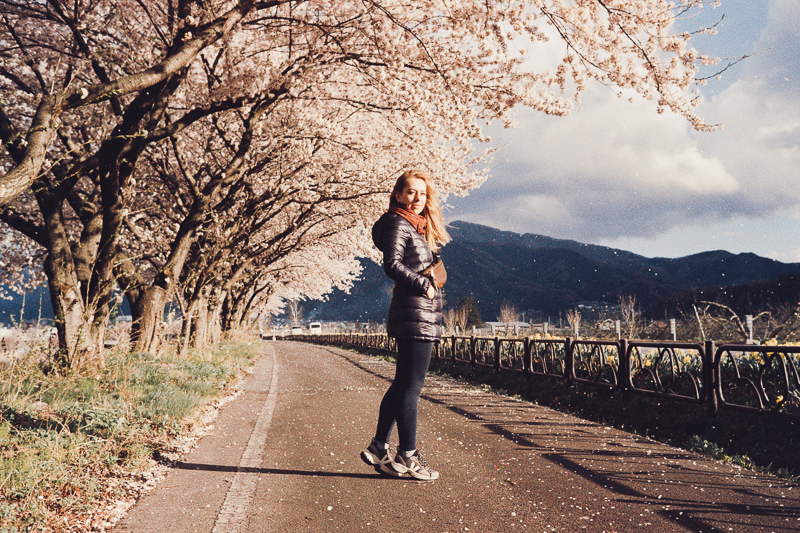
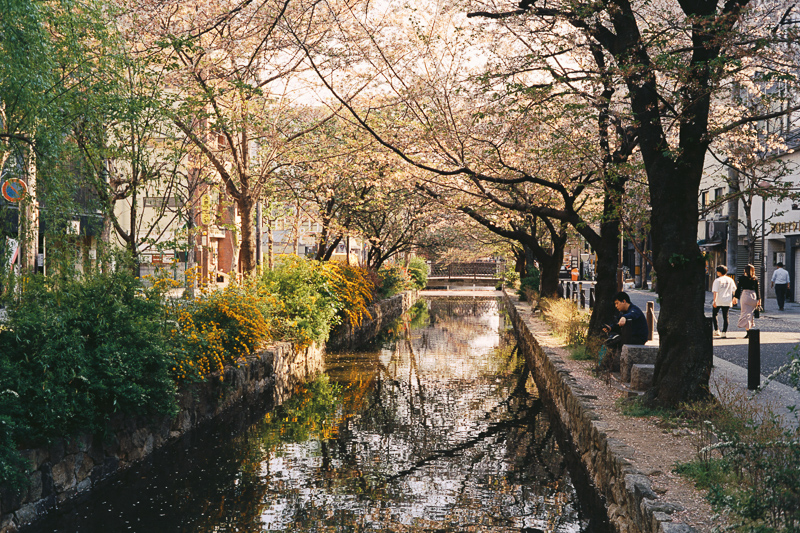
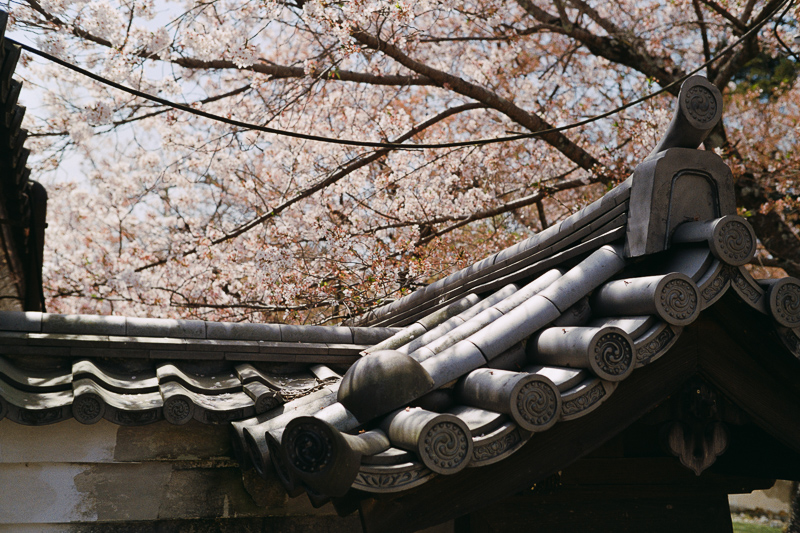

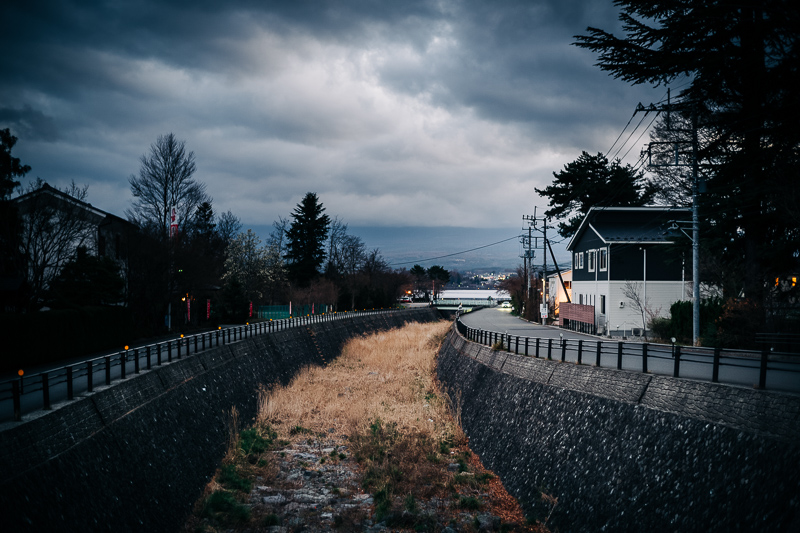
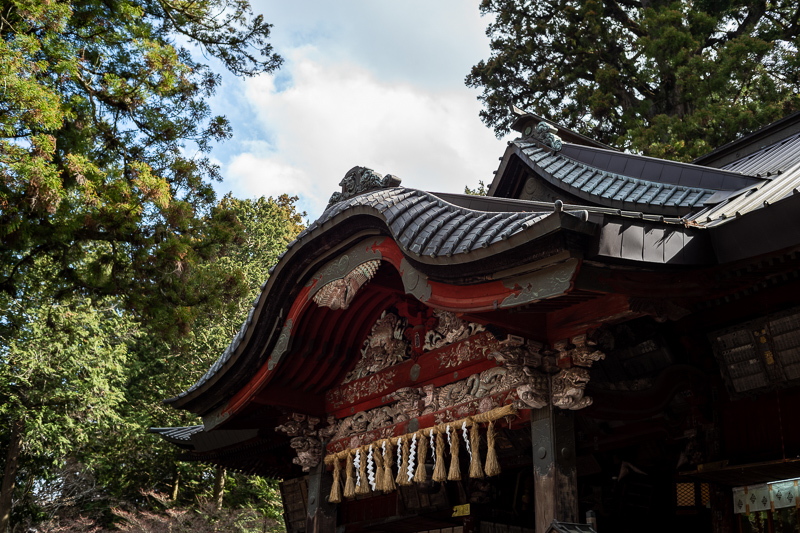
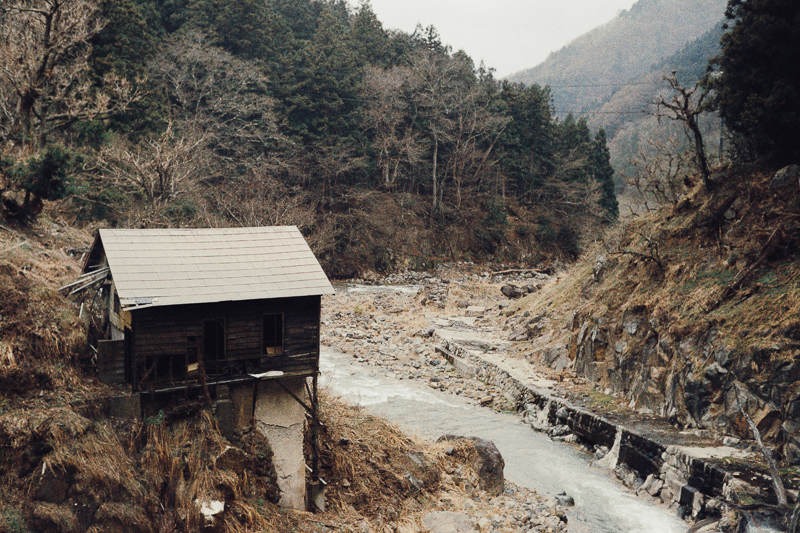

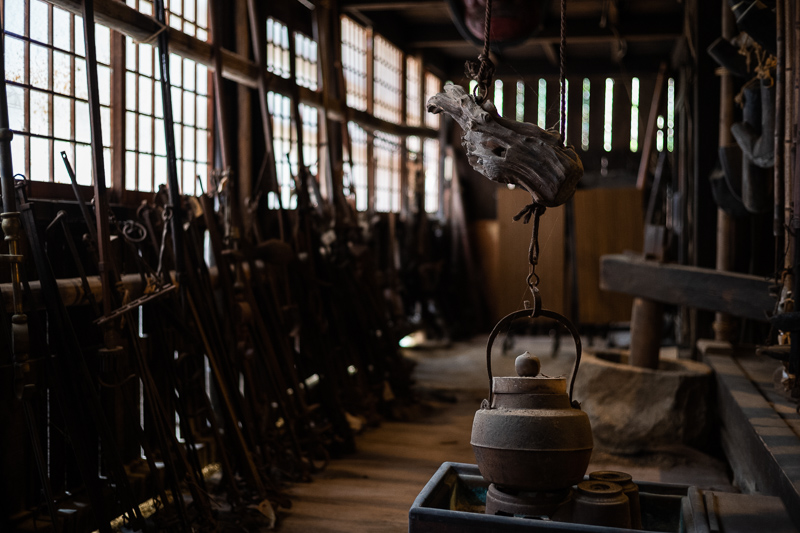
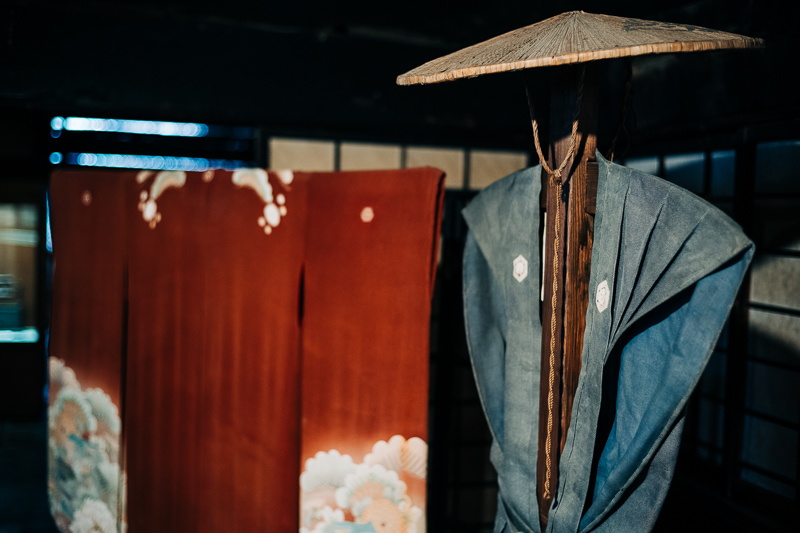
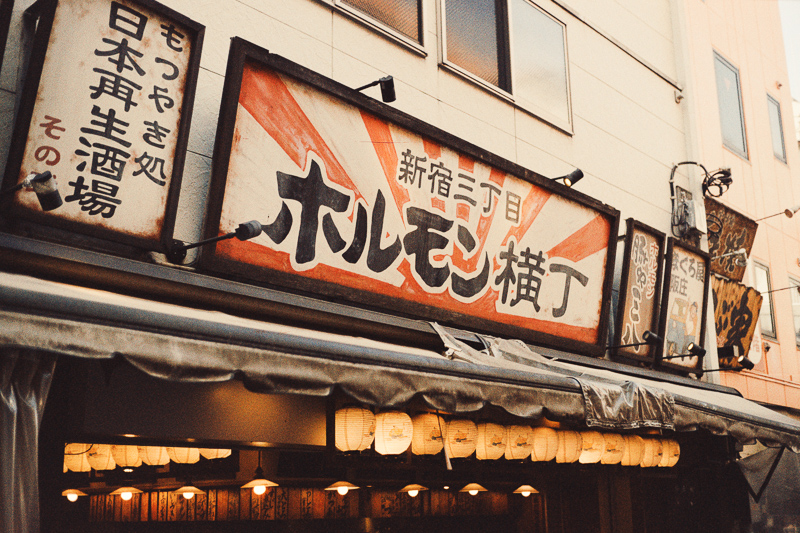
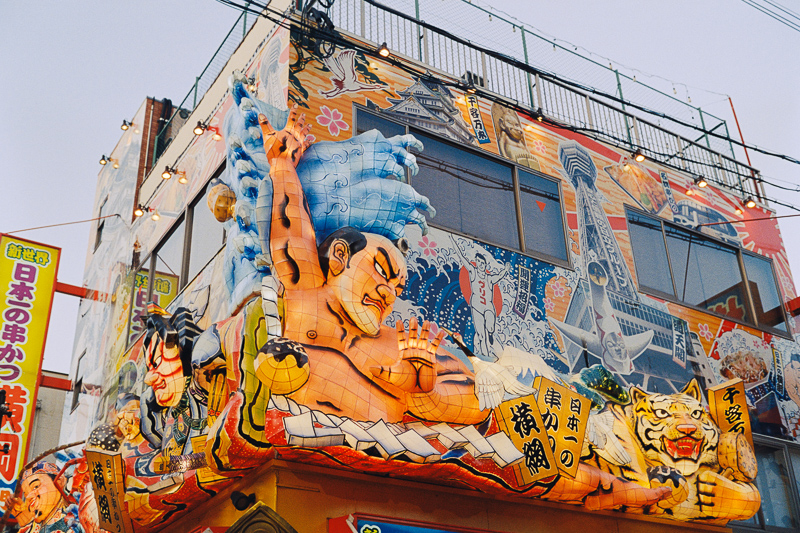
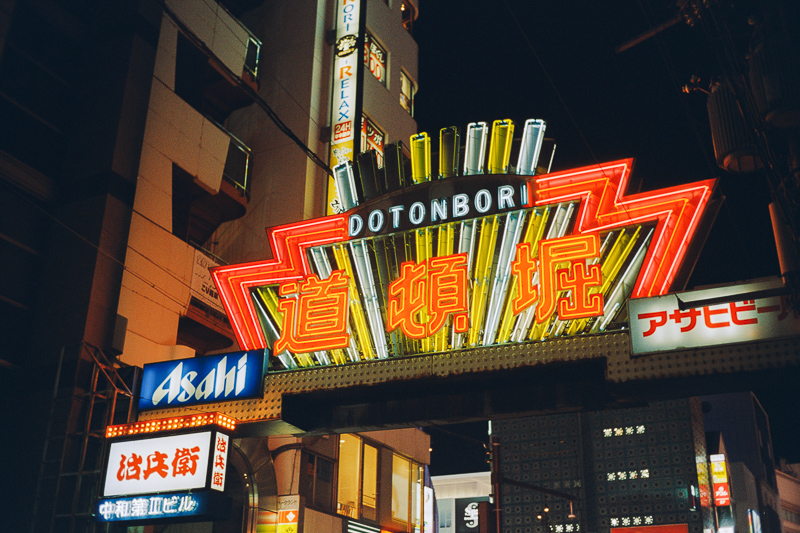
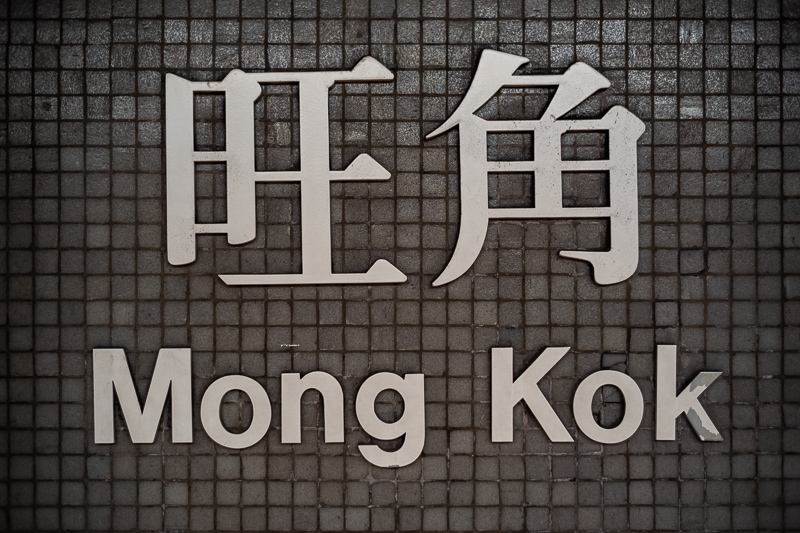
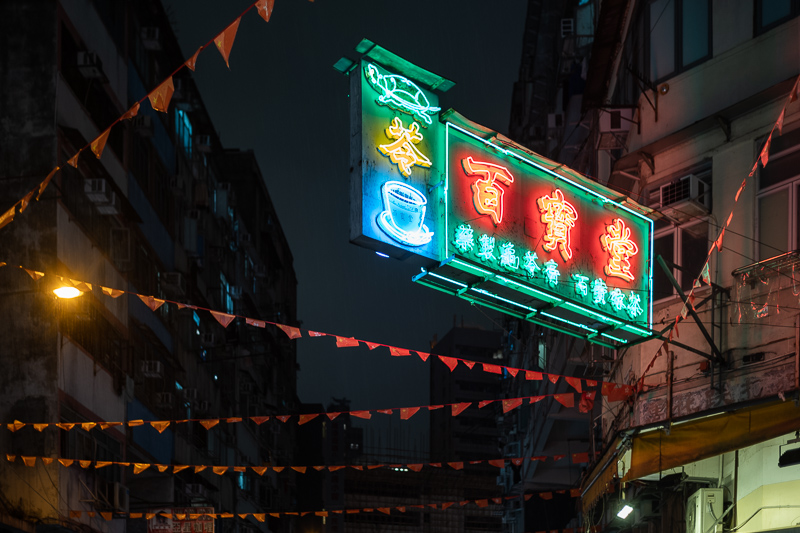

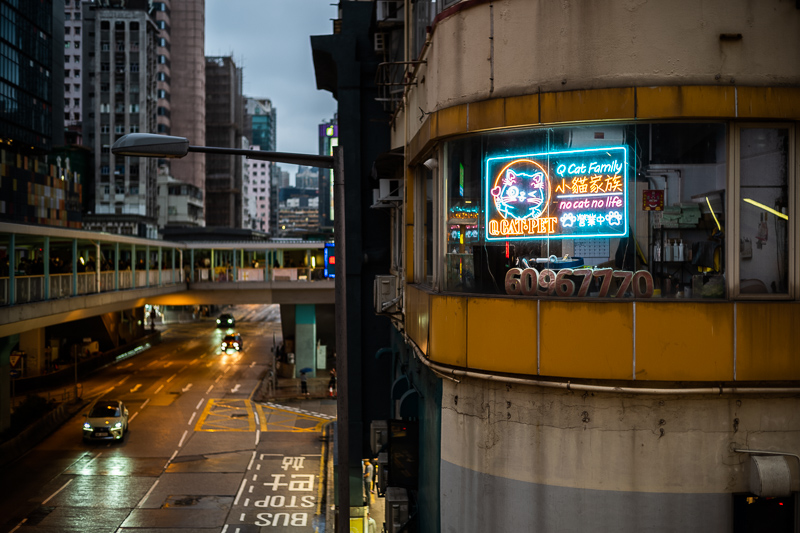
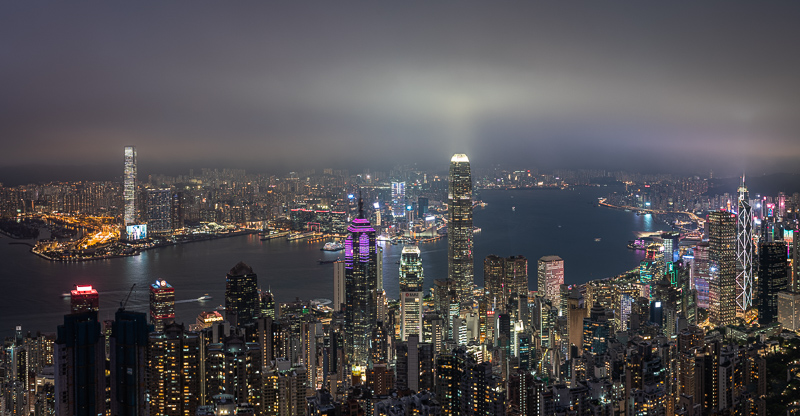
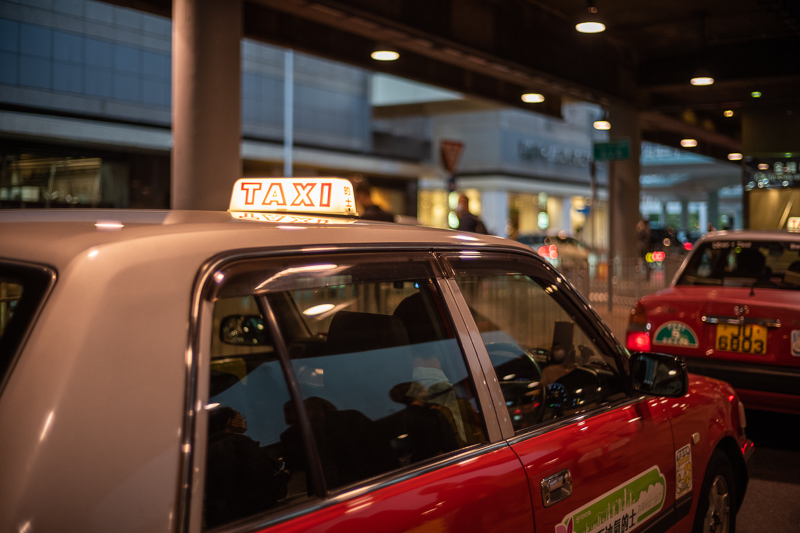

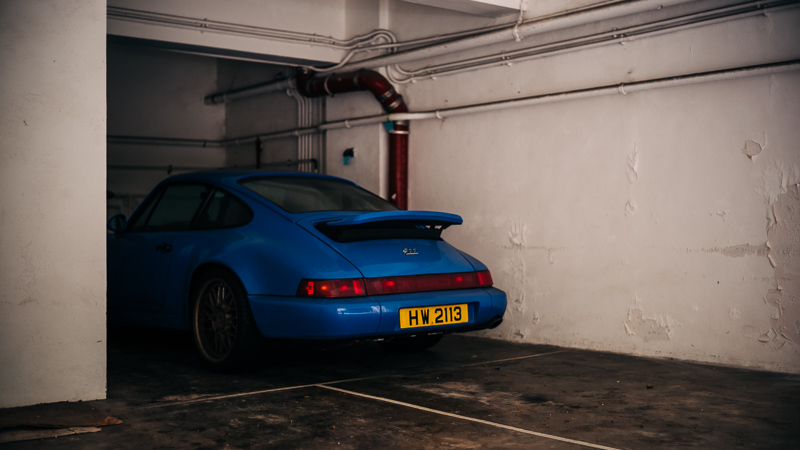
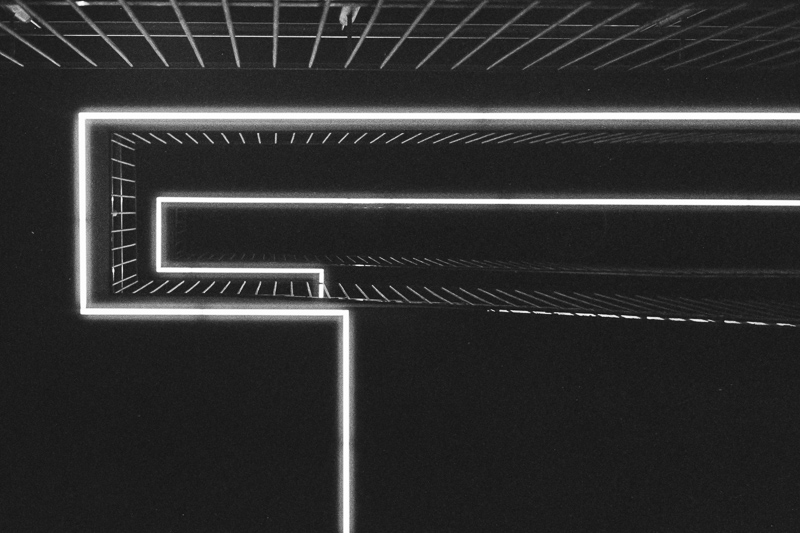
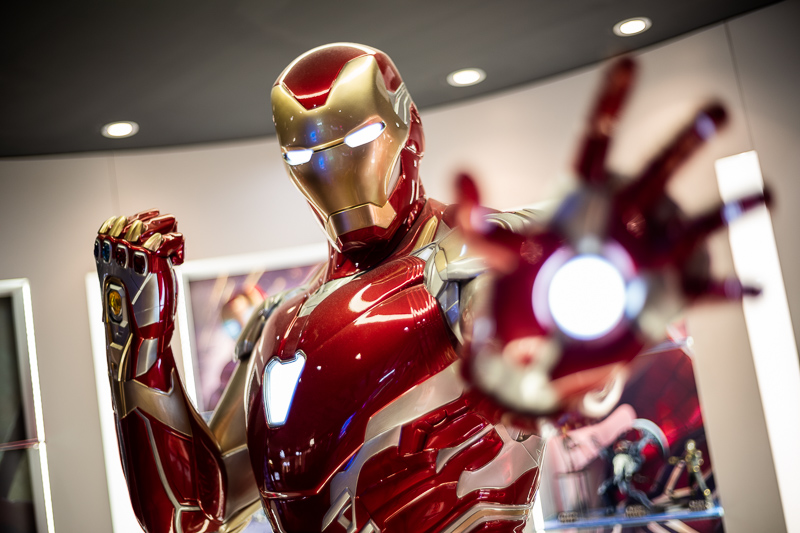
Most of the sample images in this review can be found in full resolution here.
Further Reading
- Overview: MS-Optics Lenses
- Analogue Adventures Landing Page
- Review: Laowa 35mm 0.95 – The world’s fastest 35mm lens
- Lens Aberrations explained
Support Us
Did you find this article useful or just liked reading it? Treat us to a coffee!
![]()
![]()
![]() via Paypal
via Paypal
This site contains affiliate links. If you make a purchase using any of the links marked as affiliate links, I may receive a small commission at no additional cost to you. This helps support the creation of future content.
Latest posts by BastianK (see all)
- 2025 – Year in Review - December 23, 2025
- Review: Sony FE 70-200mm 4.0 G Macro OSS II - December 20, 2025
- Review: Viltrox AF 35mm 1.2 FE LAB - December 17, 2025



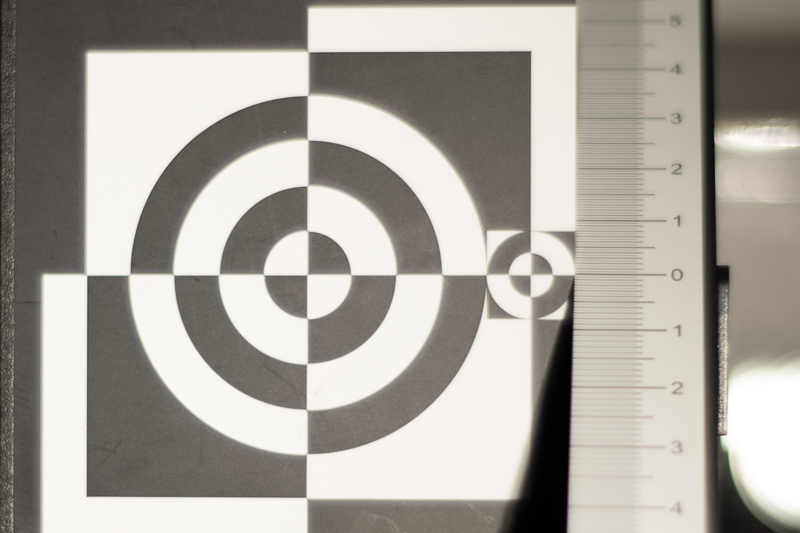
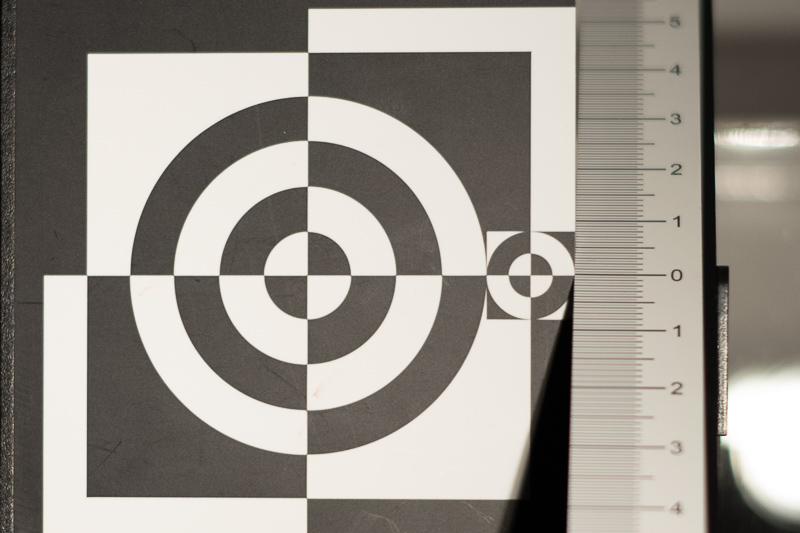
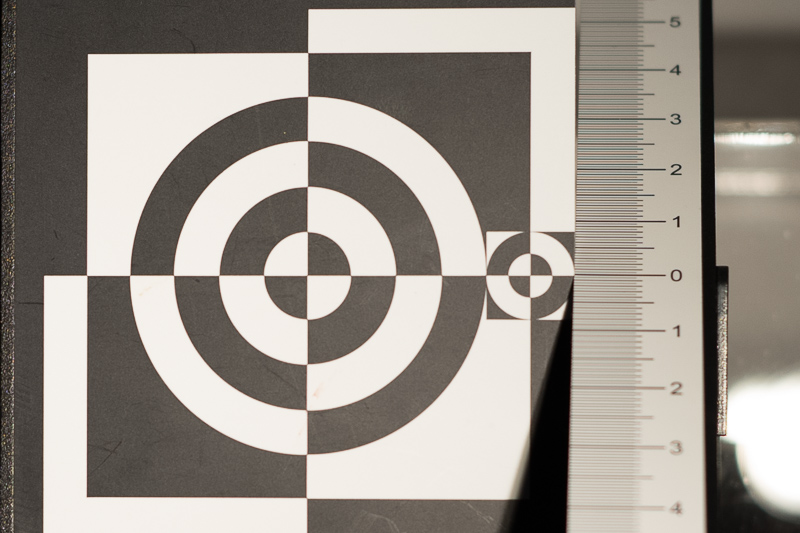
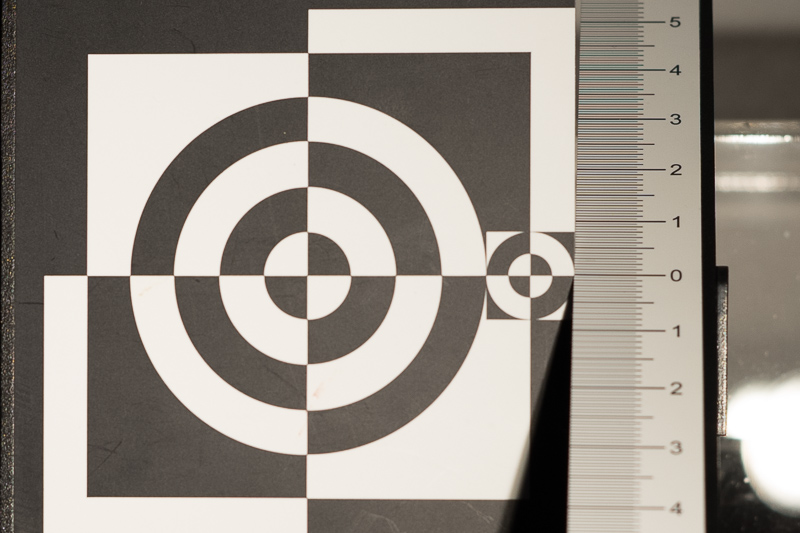
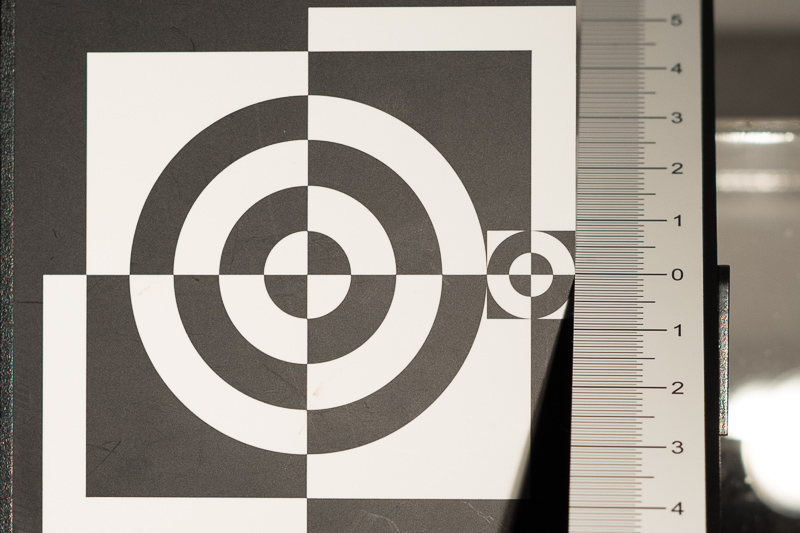
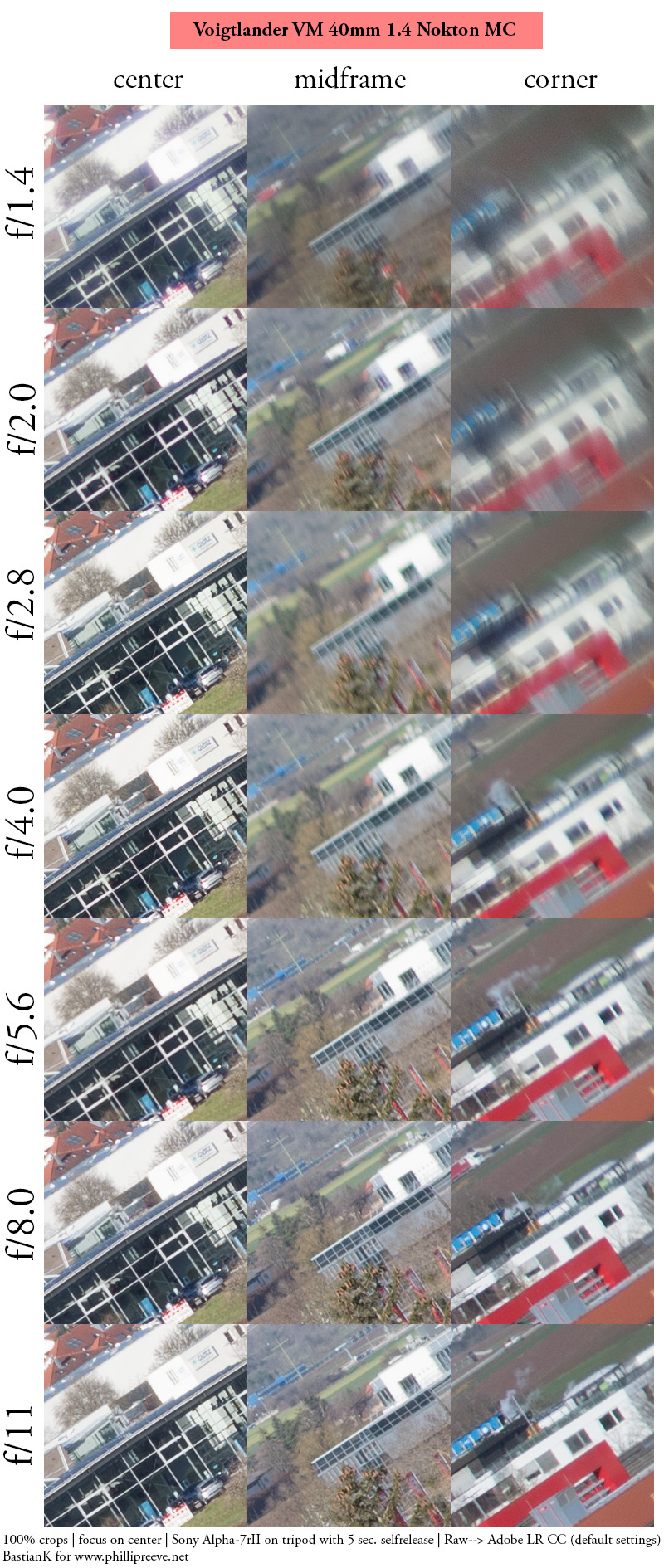
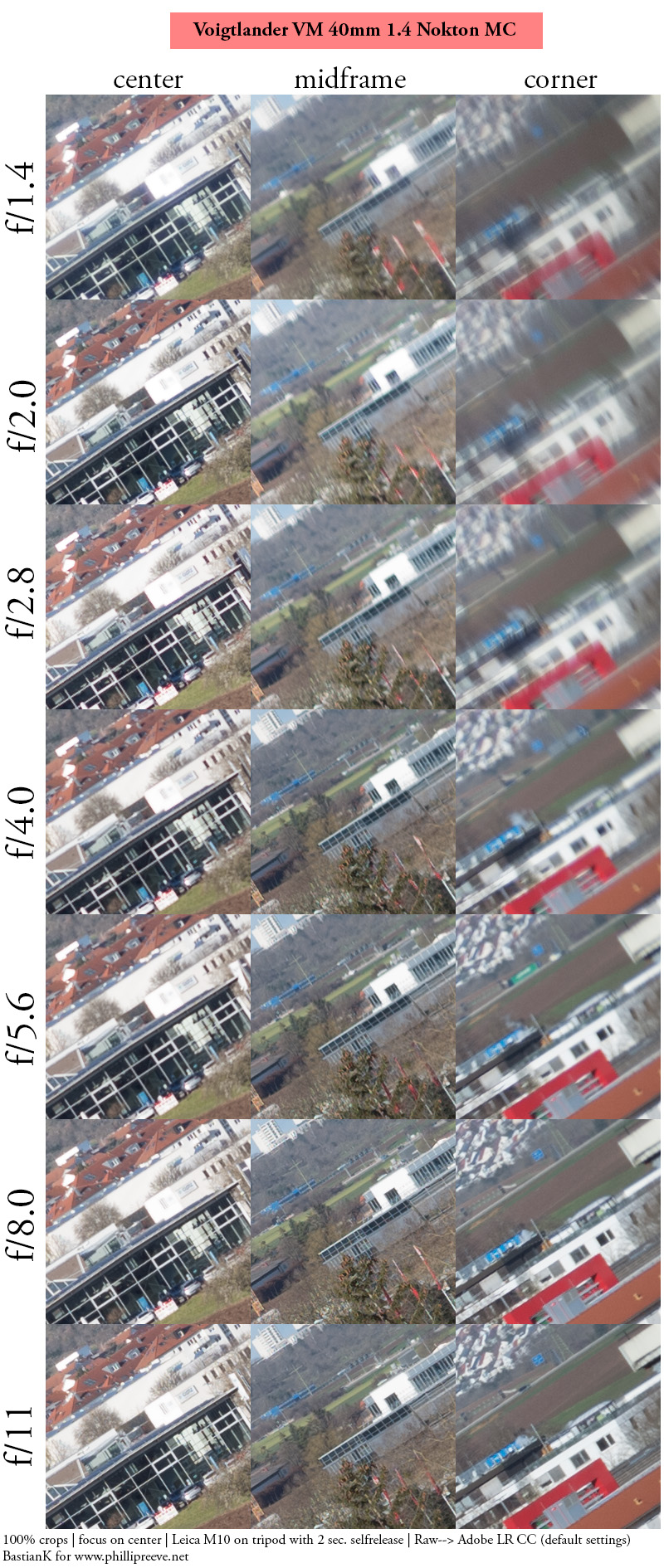

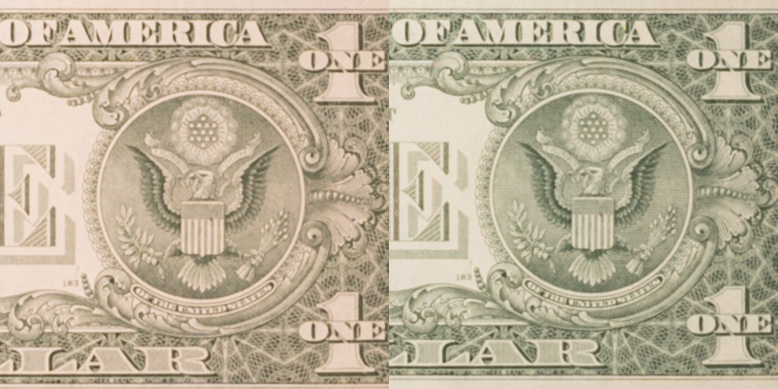
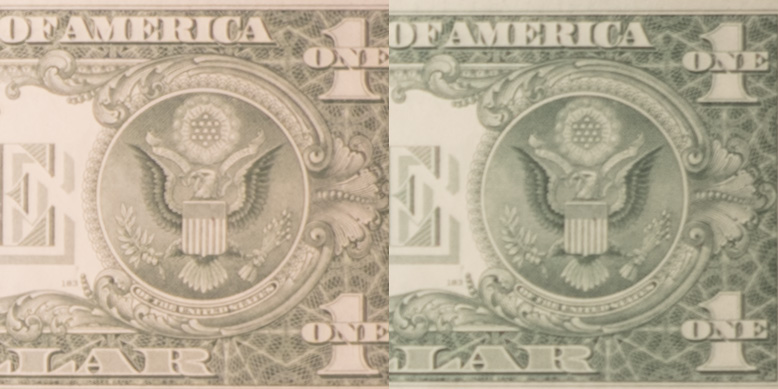
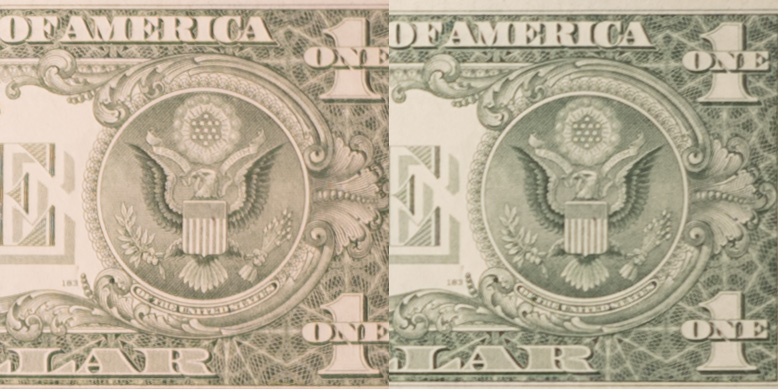
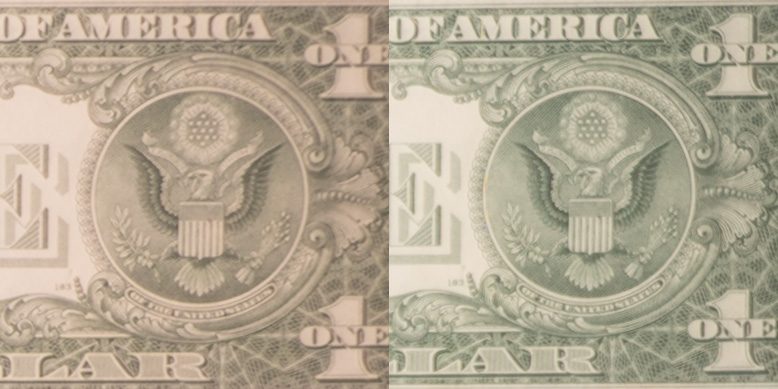
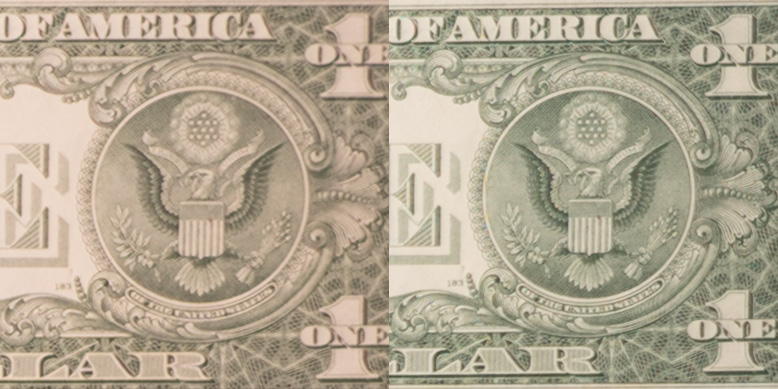
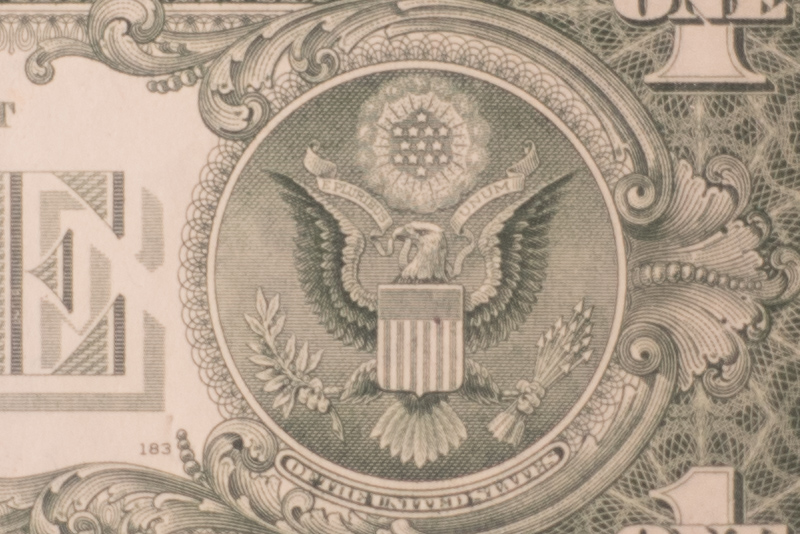




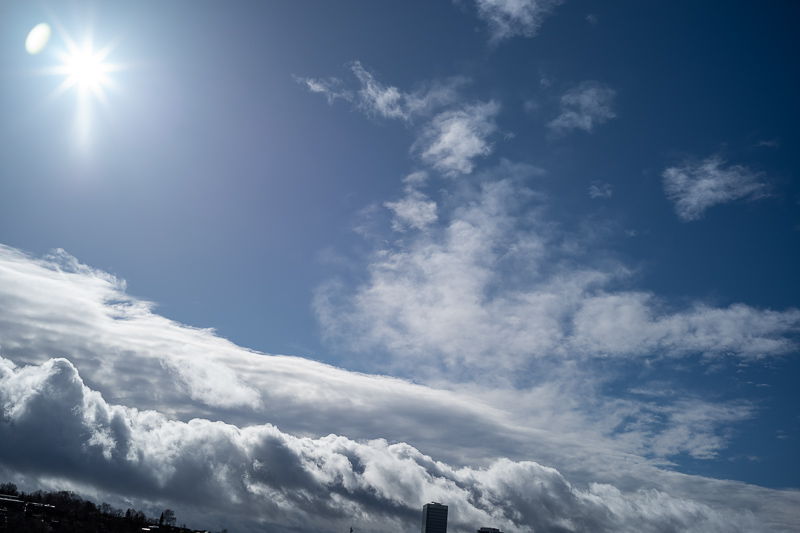




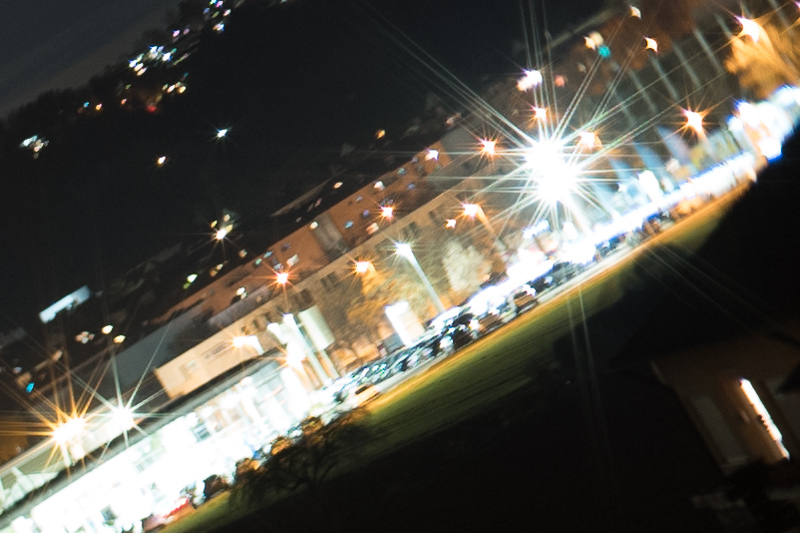
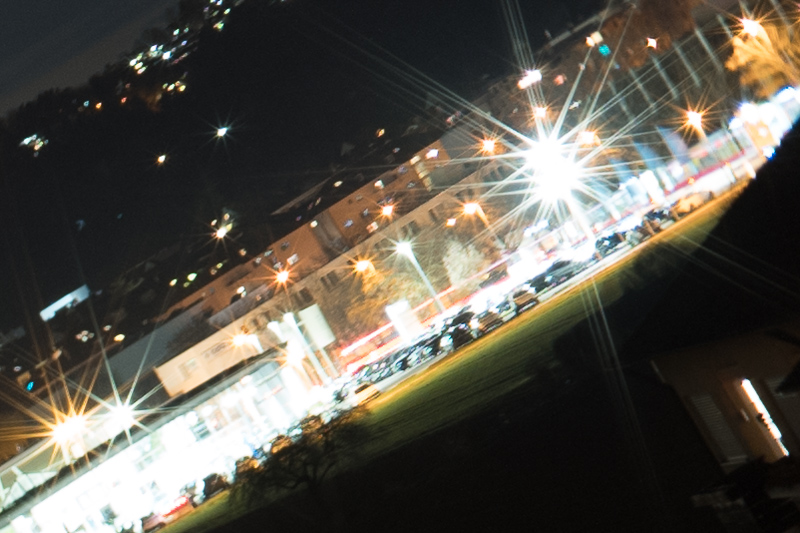

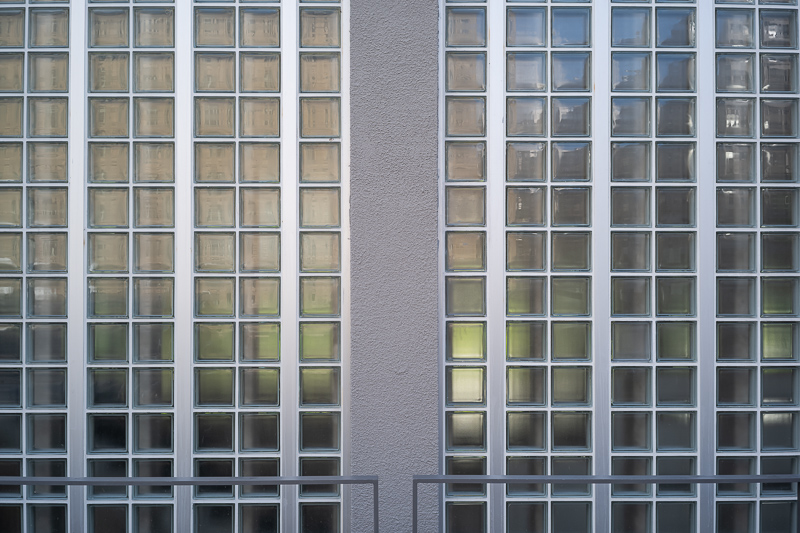
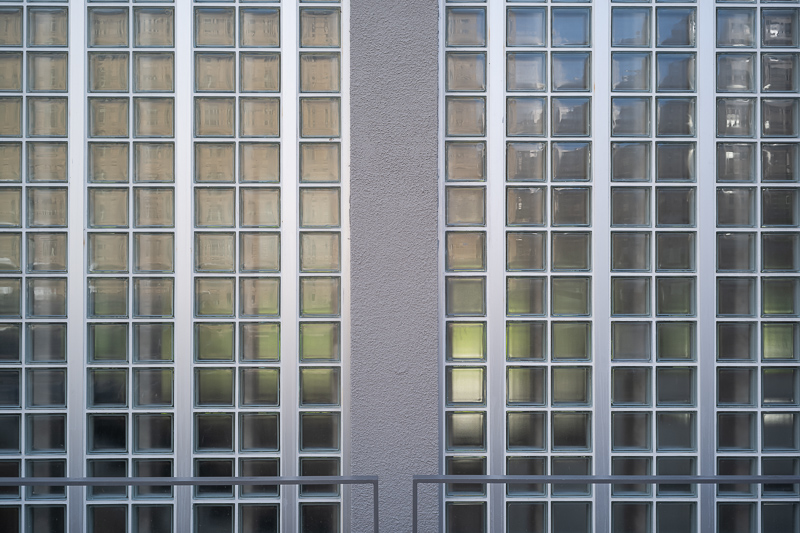

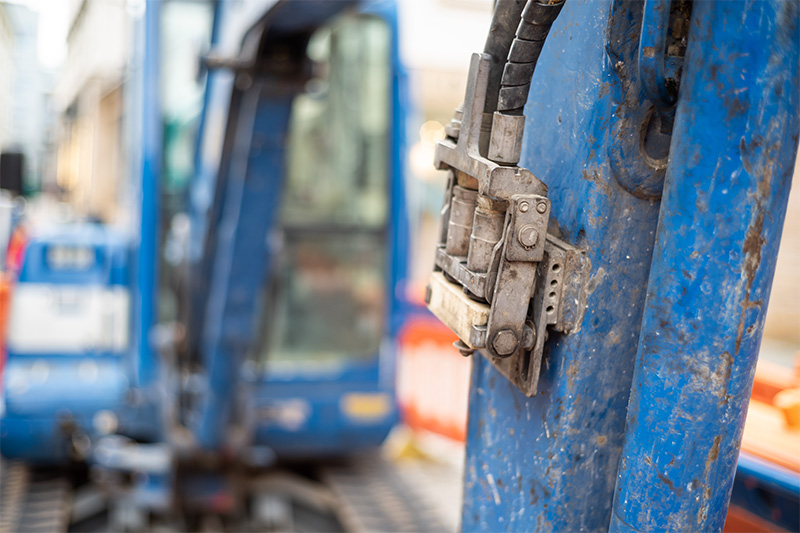


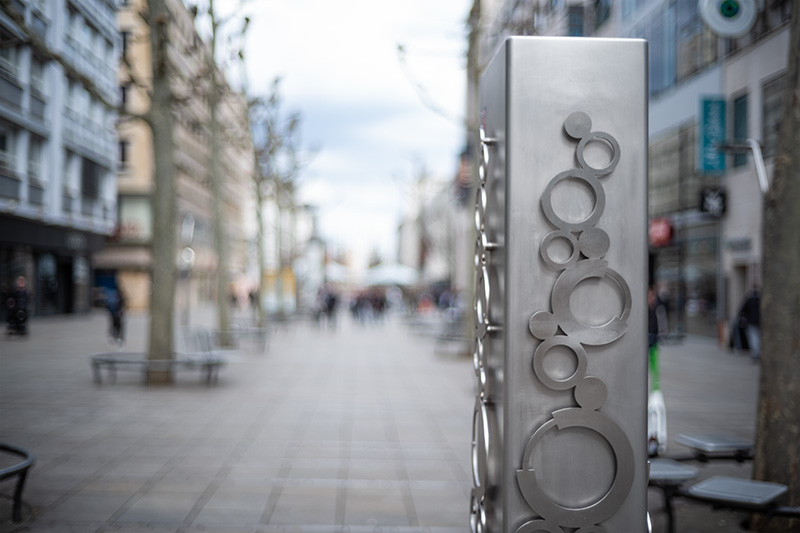
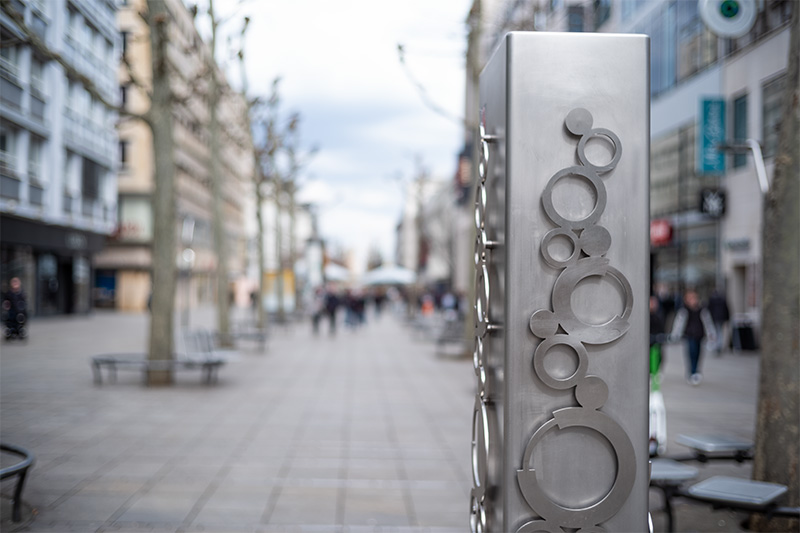


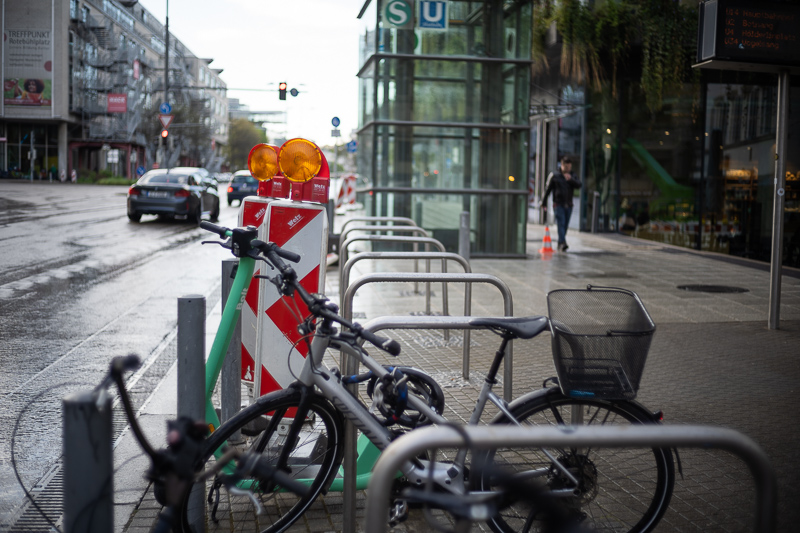
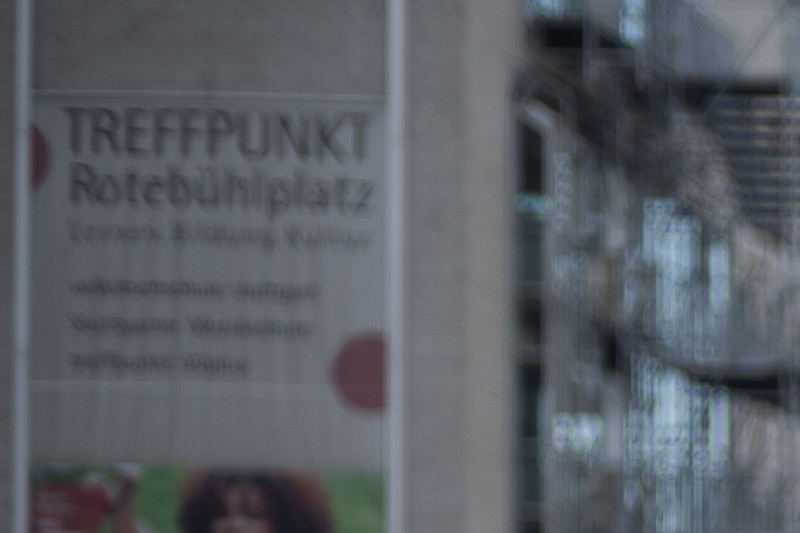
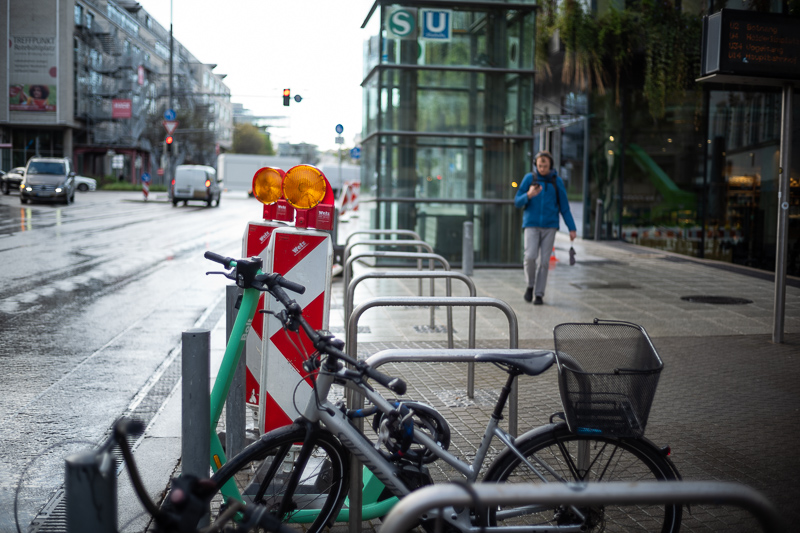

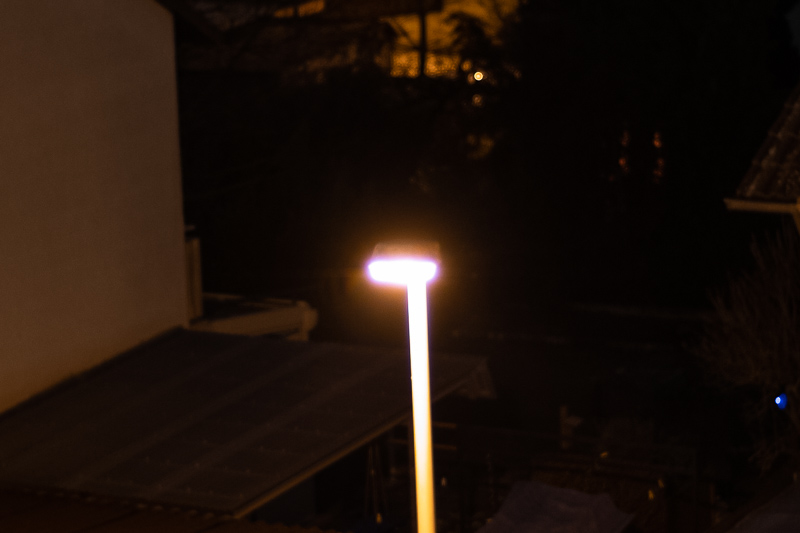
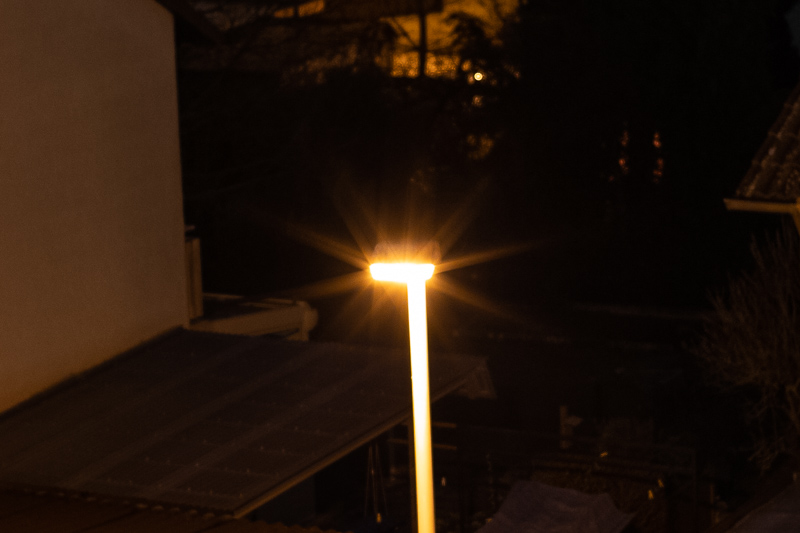
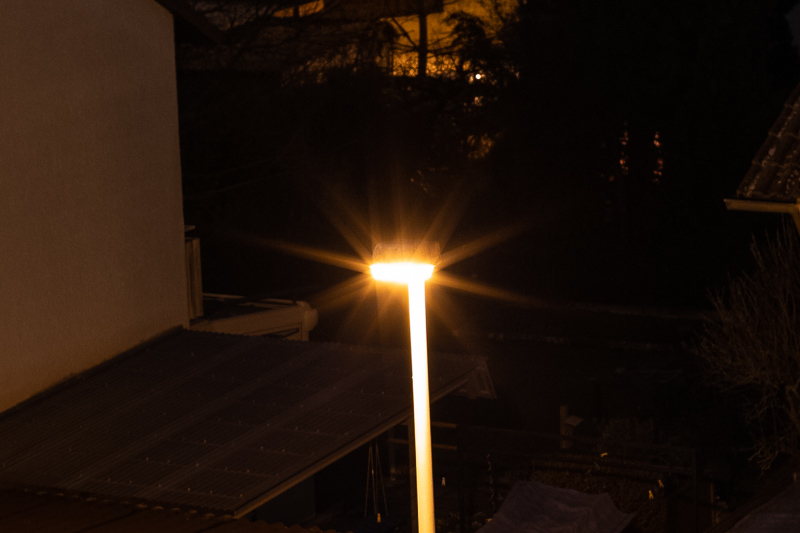
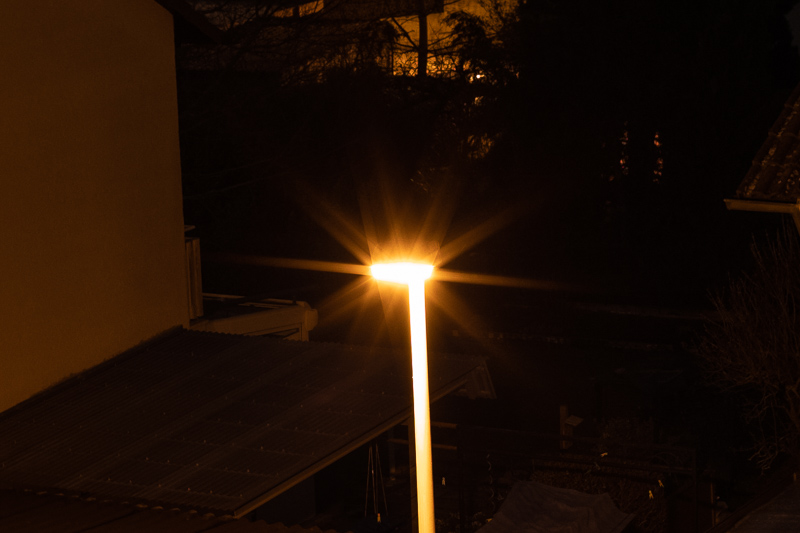
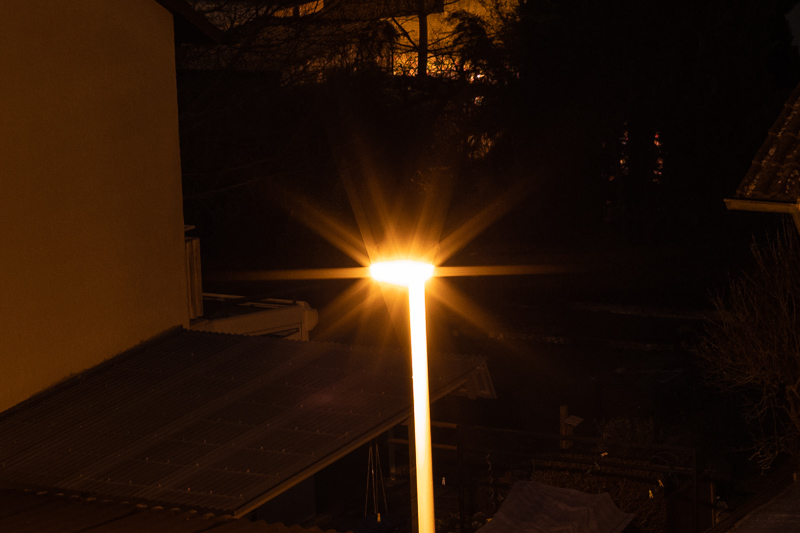
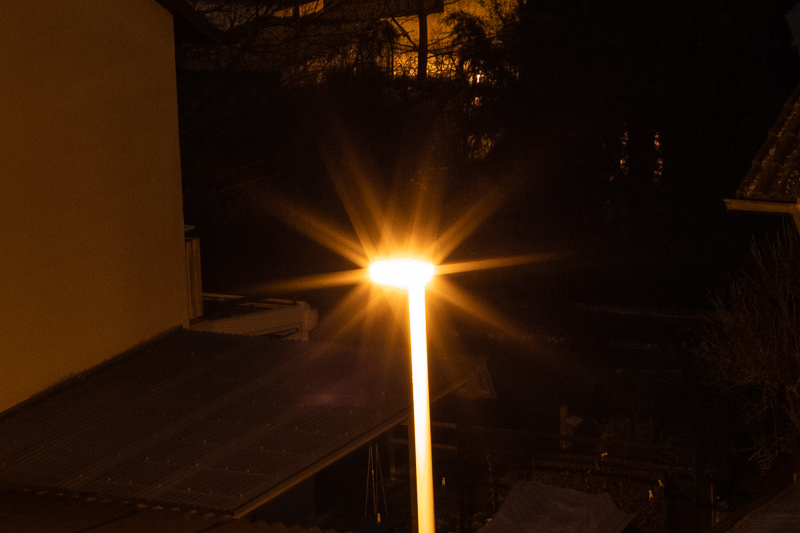
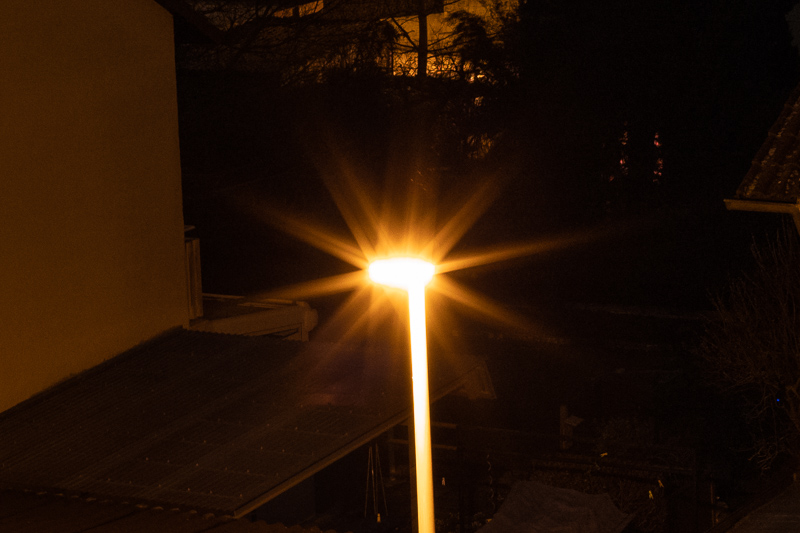
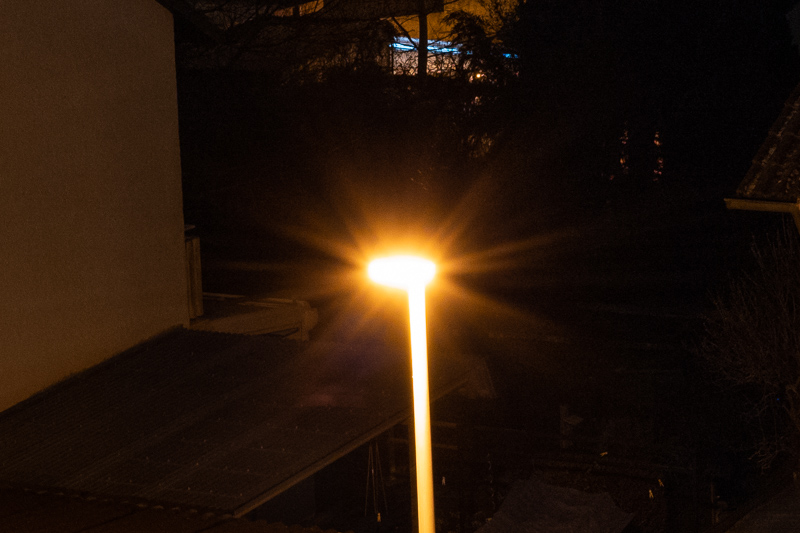
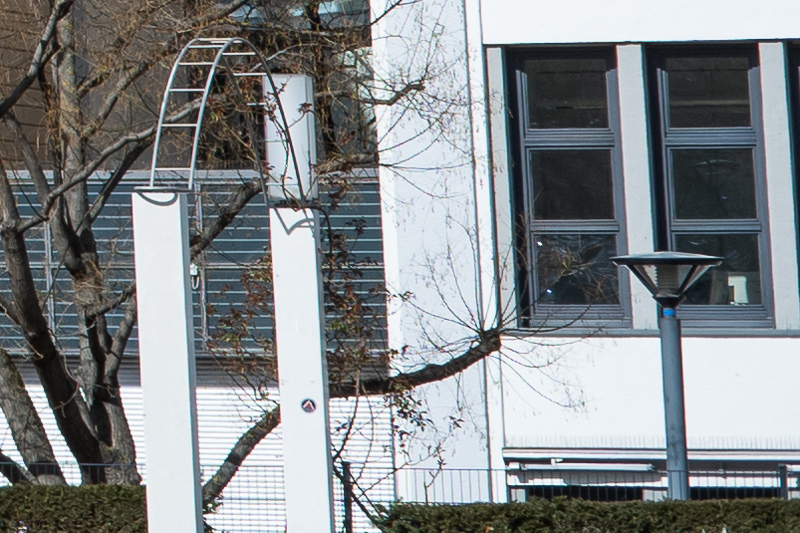
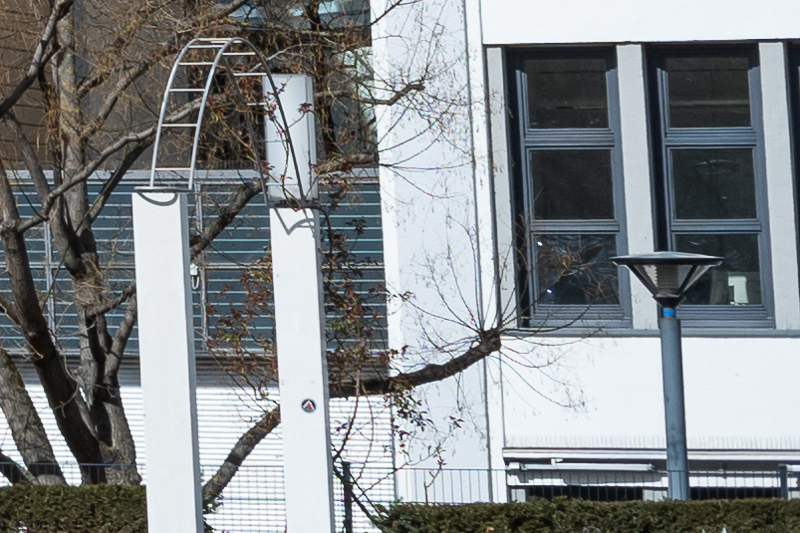
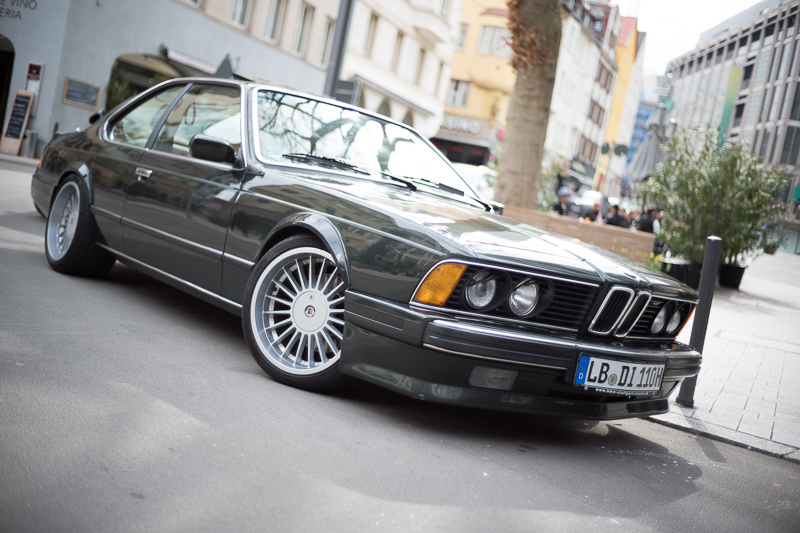
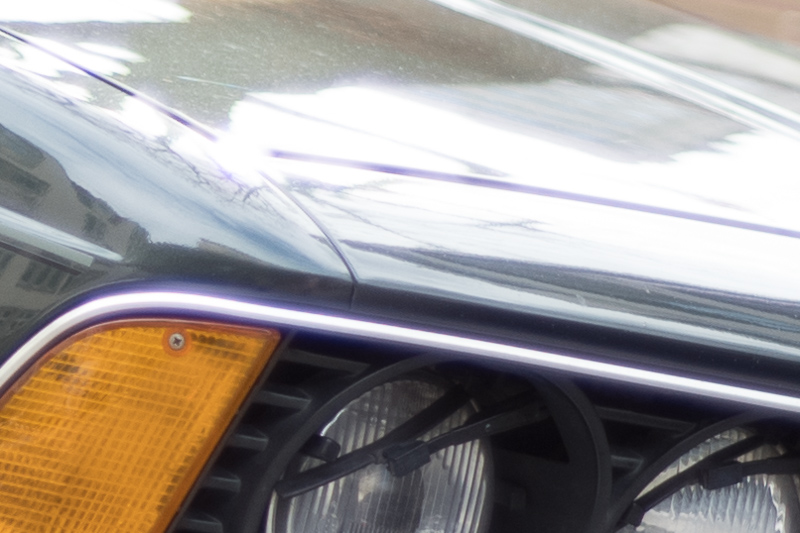
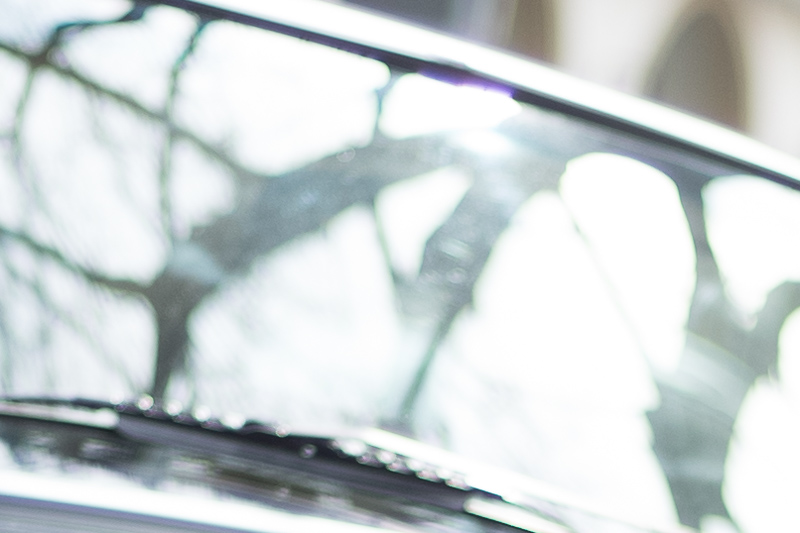
some amazing photos here. I tend to be a 35 guy, but the Minolta CLE really makes me appreciate 40. the framing on the cayman is excellent.
I am with you, I generally prefer 35mm, but a CLE with the 40 makes for a very compact package, especially compared to the Leica M6 with the VM 35mm 1.2 III.
Thank you so much Bastian for your effort with all the detailed reviews and this one especially!
Concerning the comparison to the 35 1.4 Classic (in the end of your summery) I have a different opinion than you with your conclusion about the 40 being better then the 35 Classic: I think, you actually changed! The both classics (35+40) are so similar! But because of you getting used to the “three different characters in one lens” and using the MS-Optics 35 1.4 Apoqualia (wich falls also in this category) a lot on your M6 your attitude towards this kind of optics has changed during the last five years (when you reviewed the 35 Classic on E-Mount the first time) and your appriciation for the f2.0 nature of this classics shows it, isnt it?
No, not at all.
The 35mm 1.4 Classic has disastrous color aberrations at f/1.4, coma is way worse and already an issue in the midframe, disastrous flare performance and also extremely ugly bokeh with complex backgrounds – none of this is the case for the 40mm 1.4.
Going by the design one would think they are much closer in performance, but they are not.
I find myself somewhat confused by the relatively positive takes on MS-Optics and this lens and the harshly negative take on the VM 35/1.4 as well.
The MS 50/1ISM, for example, I don’t shoot at f/1 because it’s too hazy, or f/8 because it has blackout vignetting. I prefer f/1.4 for a classic but decent rendering, but the focus shift is bad enough that I have to manually adjust focus with the rangefinder or use live view. And after all that, still heavy coma and flaring.
The VM 35/1.4 II, my guidance is simply that f/1.4 is dreamy with bubble bokeh, f/2 is in-between classic and modern, and f/2.8+ is modern enough. I like it best at f/2 but will use any of those when shooting more open. f/8, good enough for landscapes. Overall, a vastly less-sensitive instrument than many of my M lenses and one that gets used a shocking amount because of its ‘hybrid’ classic/modern nature per aperture and very light size and weight.
I’m also deeply grateful for the reviews here, without which I wouldn’t have bought the 50/1 and several others. And there’s no such thing as a “wrong” opinion. I do have difficulty reconciling the differences, though, and wonder how the VM might be viewed if it had an MS brand. Maybe the bokeh would still kill it for this author. I happen to love the soap bubble effect, but tastes there vary wildly. I simply cannot stand the VM 50/1.5 II’s swirls, for example, even though I think it’s an amazing lens in all almost other facets.
It would. I have absolutely zero love for soap bubble bokeh and all the other issues the VM 35mm 1.4 has – contrary to this 40mm lens – as outlined in my other comment.
The MS-Optics lenses are also only interesting as long as there is not a single lens available that is just as small and performs better.
Taking into account I usually use the 35mm 1.4 @ 2.0 it is of course only fair to compare it to other 35mm 2.0 lenses, and all of them weigh at least twice as much.
Thanks for the thorough review, but I’m still left in a quandary. I like the idea of having a compact, travel-friendly 40mm lens to use on my Bessa R3M (which has a 40mm frameline but nothing wider).
But the focus shift on this lens looks like a deal-breaker for me, since I’m focusing purely by rangefinder and often shoot at close distances.
The Voigtlander 40/2.8 presumably would solve this problem, but I’m afraid the f/2.8 maximum aperture would be a hindrance indoors. The 40/1.2 Voigtlander is ‘way too big, and I’m in no mood to play “eBay roulette” looking for the Minolta 40/2 (even though I suspect you’re underestimating its performance based on my recollections of the CLE I bought new back in the early 1980s.)
So is there nothing that fits my needs, or am I over-weighting the drawbacks of one of these options? I suppose I can keep my money in my pocket and keep doing what I’m doing now (using a 35mm lens and cropping if needed) but I’m not really happy with the mental untidiness of that solution…
PS — I notice in the top photo that it looks as if you’ve taped over the CLE’s self-timer switch; is that just for unobtrusiveness, or have you on occasion activated it accidentally? My biggest pet peeve about the CLE, other than its lack of manual metering, was that occasionally my wayward pinkie would hit either this or the power switch in stressful moments…
If you are fine with avoiding f/2.8 to f/4.0 this VM 40mm 1.4 should also work properly when relying solely on the rangefinder.
I used it a lot on both my analogue cameras and I don’t remember anything being out of focus because of focus shift.
Thanks! Indoors I’d usually be shooting at f/2 and outdoors I’d most likely be at f/5.6 or smaller, so if f/2.8-4 is the “danger zone” for focus shift it should be easy to avoid. Maybe I will give this lens a chance!
I forgot to answer your other question: I have covered the self timer light and Minolta writing for cosmetic reasons only 🙂
I might be in the minority here, but the weight of the 40 1.2 on my CLE never bothered me. it still fits in my coat pocket quite nicely and the lens performance is worth the mild extra inconvenience to me. ymmv 🙂
I own both Voigtländer 40mm lenses. I love them both, but they have very different use cases for me.
I use the 1.2 with the Techart LM-EA9 on my A7 RV, which gives me an outrageously fast, lightweight, autofocus lens with stunning rendering.
And I use the 1.4 with a Voigtländer VM-E close focus adapter (giving me a close focus distance of around 35 cm) almost exclusively for bokeh shots – and they are a soap bubble dreams! In Japan, this lens has quite a strong following in their bokeh community for exactly that soap bubble effect.
portra 800 and 400 were my favorite films. and it shows in the pictures.
Portra 800 actually gives much better results than I would have expected of an ISO 800 color negative film.
if u arw looking for 40mm lens.
Minolta Hi-matic 7sII , Olympus 35 SP , Canonet QL17 Giii and other a great compact wide open 40mm Lens with RF Cameras.
I made some minor alterations to the conclusion as some people think the 35mm 1.4 Classic and this 40mm 1.4 perform similar and wonder why I consider one a useful lens and the other one of the worst (modern/expensive) lenses I have ever used.
Again: these two lenses do not perform similar to the slightest.
If you think so, I really recommend to go back to the 35mm 1.4 Classic review and have a look at the bokeh, CA, sunstars (to see the ridiculously high amount of spherical aberration) and flare resistance categories – all categories in which the 35mm performs way worse.
I don’t want to get drawn too much into the 35 v 40mm f1.4 debate except to say that I’ve had both the Voigtander 35mm f1.4 in m mount and redesigned e mount versions and used them both on my A7. The e mount one is IMO much better than the m mount one on my A7 and it is perhaps my most used lens, ever.
I found my copy of this lens had a weird ‘gull-wing’ resolution profile on my Sony A7 cameras in that the center and frame edges would be sharp but there was a ring of low resolution in the mid frame area.
Many of these compact lenses are sharper in the corners than the midframe due to very high optical vignetting – the lens is effectively stopped down a few stops in the corners.
In your case this is further exaggerated because of using a wide angle lens designed for film/Leica M on a Sony camera with its thick filter stack in front of the sensor.
I was very curious about this lens, specially on Sony cameras. Your photos are very telling that this is a sweet lens that shines when the photographer knows how to use it. Thanks for your review. Hopefully one day you will have a chance to give leica /minolta 40mm f2 a try.
At current prices (which are more than double of this Voigtländer lens) rather unlikely.
But I will add it to the list of lenses I would like review 🙂
While I know you prefer reviewing range finder lenses, a very very beautiful and high performing lens is the Minolta MD rokkor 45mm f2 and it’s usually like $50. You will hate the bokeh (which I know of a big downside) and it has quite a bit of field curvature on Sony, it is otherwise an amazing lens with beautiful contrast and insane sharpness. The thing is sharper than almost every single other lens I own and it’s miniature too.
Looks like a nice option if you shoot M mount and want a very high value and compact lens. Otherwise, I don’t think this lens brings anything to the table that you cannot get from other lenses like the 40/1.2 and comparable lenses. I think you pretty much have the same take as me.
Everyone seems to be raving about the classic 35/1.4 and I wonder if that design would perform better on film / M mount than on e mount where you tested it. However, reviews of the m mount don’t seem to make any positive observations about its technical abilities. The only thing I can say about the 35/1.4 classic is that it has some of the best contrast I’ve ever seen.
Hi Bastian,
if you’re interested I could lent you the full set of CLE lenses (28/40/90) for testing (Tübingen). My 28 suffered from the white spot issues but was restored (myself), the 40 and 90 are, however, superb, and I think they are the best match for CLE (which I don’t have, sadly, use them on m4). If you’re interested, drop me an email
Hi Victor,
Thanks for the offer!
I already reviewed the 90mm 4.0, but I may get back to you on that offer for the 40 and maybe also the 28.
I have too many things to review at the moment, but afterwards I would get in contact with you.
Hi Bastian,
Nice review and wonderful images as always.
I’m wondering, for a pure SONY MF user, for City walk and shooting around cases, is VM40 much better than pergear 35 1.4?
Many thanks.
No, I would go for the Pergear.
On a Sony camera it is smaller and it has nicer long distance bokeh.
If you are looking for a “higher quality” option in terms of build quality I would try to get one of the remaining Voigtländer 40mm 1.2 SE or 35mm 1.2 SE while supply still lasts.
Thank you Bastian!
Previous I have a VE40 1.2 but I use that to fund 35GM…Although it is a near perfect lens but still sometimes I find it too big for my A7C and the shooting experience is totally different with a real MF lens.
I noticed you shot also with Wolfen NC500 film. Impressions?
Subdued vintage colors, lots of grain.
Review of a Lux by Bastian : Done! 😀
Review of the CV Nokton 40/1.4 by Bastian : Done! 🙂
Long story short, it’s a lens that I love.
It’s often classified in the worst bokeh category (and rightly so), but I think that in a one scenario, it can deliver a striking bokeh with some mojo and magic!
I like mostly smooth bokeh, but when it delivers, I do love the one scenario bokeh of this lens.
[one can take a look on Chiuan Lin’s flickr album to understand what I mean, just an example among others, Matt Osborne etc…
https://www.flickr.com/photos/ging9725/albums/72157651587757228/page6 ]
When you don’t look after a stunning bokeh, I like the colours by daylight, and the clarity by night.
And I love 40mm on 24×36 ; I’ve several other classics 40/45, and this Nokton is my favourite (so far).
Just a matter of taste 😉
Tschüss
Hi Bastian,
Ich habe ein Leica Summicron 40mm (frisch aus dem Service) und ein 90mm 2.8 Tele-Elmarit das ich dir gerne für zum Testen bereitstellen würde.
Schreib mir gerne eine Mail, falls du Interesse haben solltest.
Beste Grüße aus Berlin,
Arne
Once again, thx a lot for this outstanding review. In my opinion, one of the best sites to find great reviews. In addition, the comments are rather interesting and inspiring, too. Please let me allow to communicate one suggestion: I would really appreciate whether you could state your honest opinion on those lenses. As already mentioned in my comment on the lLL 8elements lens, there are some technical drawbacks, but the rendering is beautiful. I understand that this is a very subjective matter, but I really appreciate your expertise! Thx again Bastian!
I could do that, but what is right for me may not be right for you, hence I think it is better for people to form their own opinion based on what they find here.
Hi Bastian
I’m thinking of getting this one for its size and rendering (I like this imperfection/glow for portraits). My hesitations come precisely by the genre: do you think is a good option for portraiture? I will insist: I don’t look for perfection, but for character.
Vielen dank für die Hilfe.
I think this 40mm makes most sense as an allround lens.
As a portrait lens, the question is what kind of portraits you are thinking of.
If they are more distant from a far (like the ones in this review) I say it will work for you.
If you are looking to take more intimate portraits, I would rather be looking for a longer lens.
I like to combine different FLs for portrait, from 28mm to 90mm (in Mount), and actually 35mm works pretty well for me with its subtle distortion… Maybe you are talking about some imperfections or an excessive glow from closer distances that make the lens less desirable? I’ve seen some beautiful close portraits on Flickr with this lens.
I was solely thinking of the focal length!
Then it could work for me! I’m tired of perfection. I’ll put an example: the recent Mitakon 80mm for the GFX system is ten times more cinematic and special than the best of the best lenses by Fujifilm (55mm & 110mm). Always talking about portraits.
Hi Bastian,
Just wanted to say I got this lens for my new M10 only due to the photos you posted in this review. They look so good!
As someone who is only just starting with digital, can I go off topic and ask what is your colour grading process? Do you start with presets and tweak from there? Loving your earthy tones on that pottery image and your nighttime photos.
Thank you again for such a comprehensive review!
Nicolas
Hi Nicolas,
I don’t do anything overly complicated here.
I have this small write up talking about that topic, which might be of help.
Thank you so much for the reply! I’ll make sure to give that a read 🙂